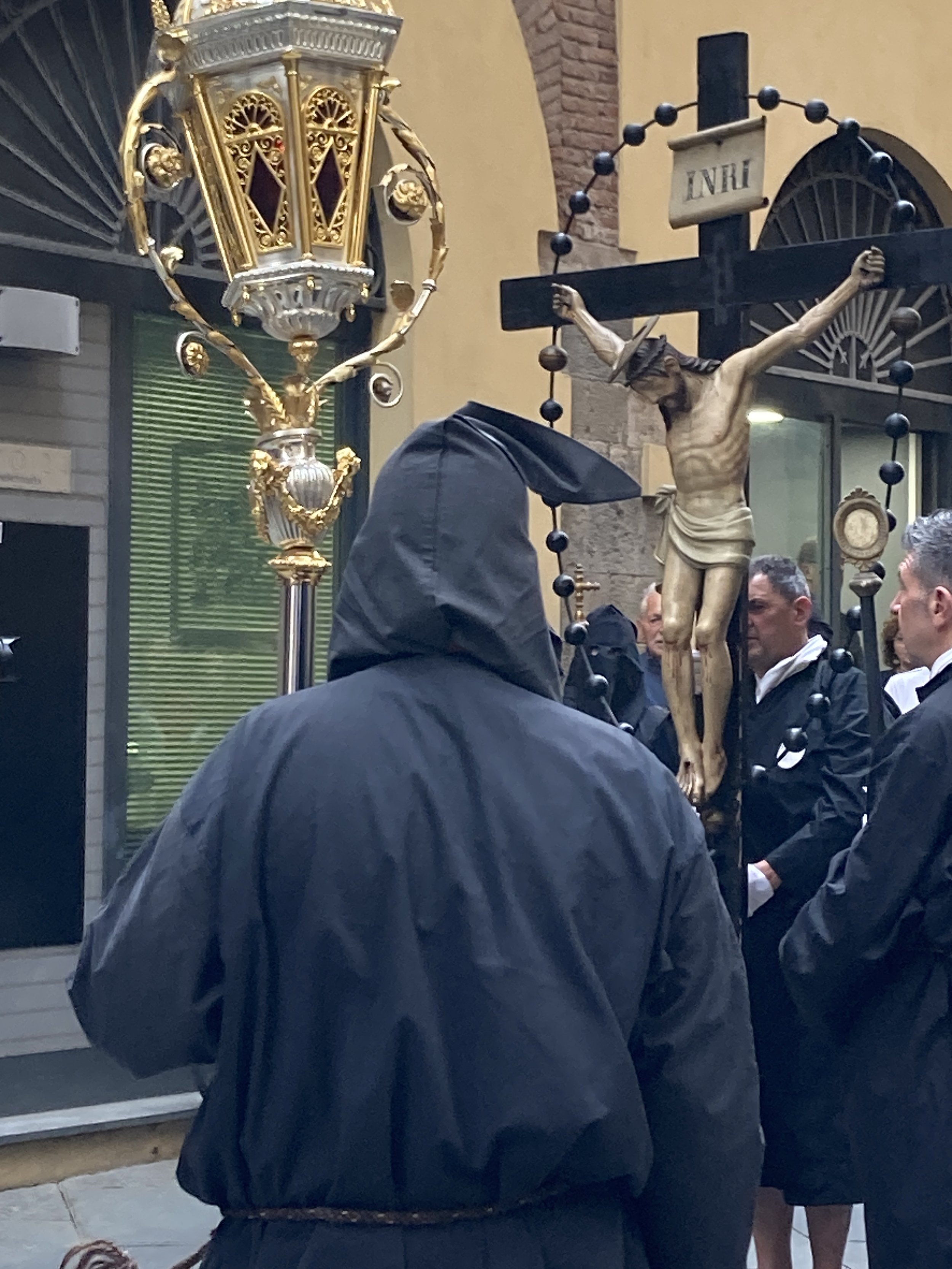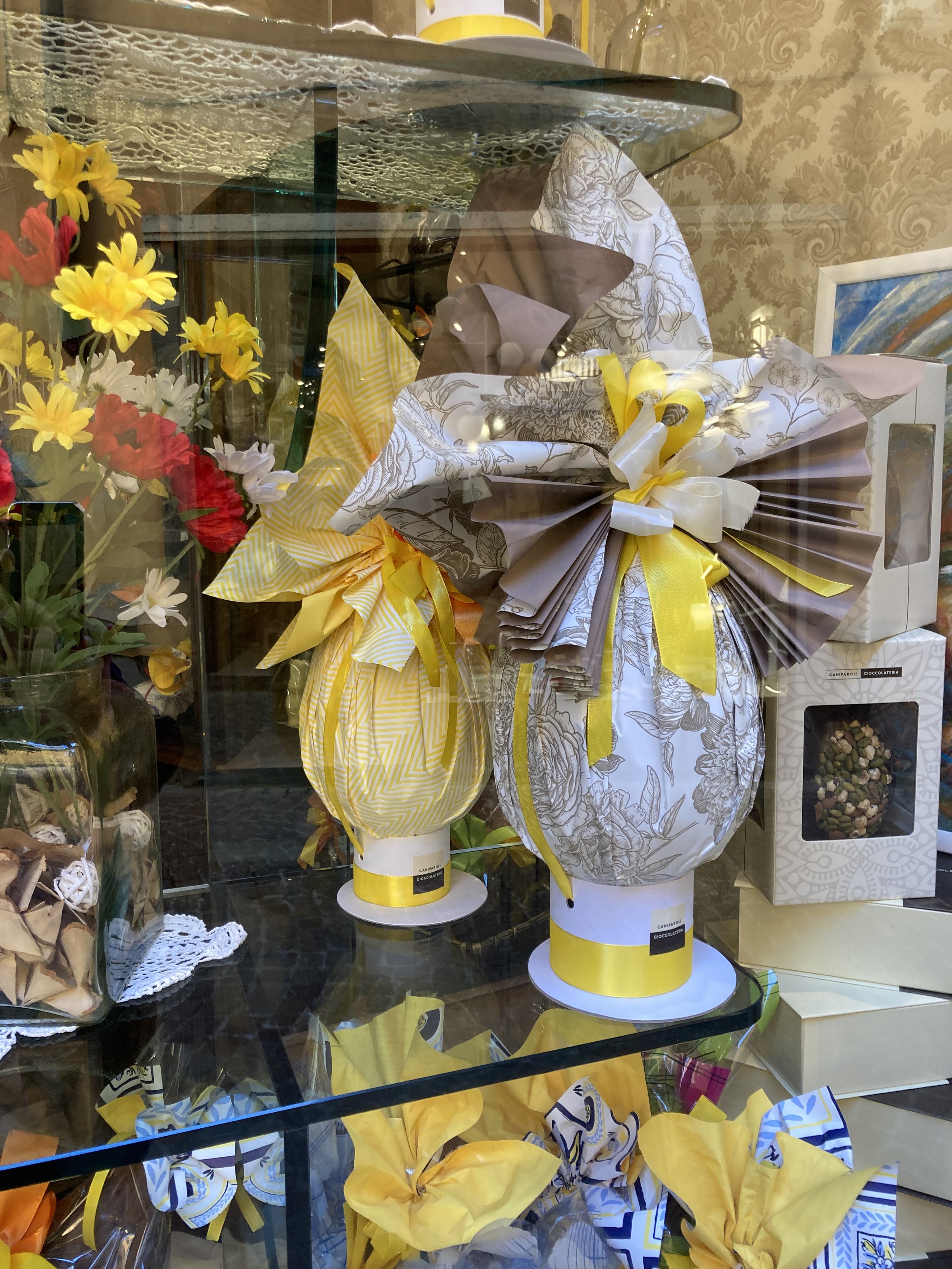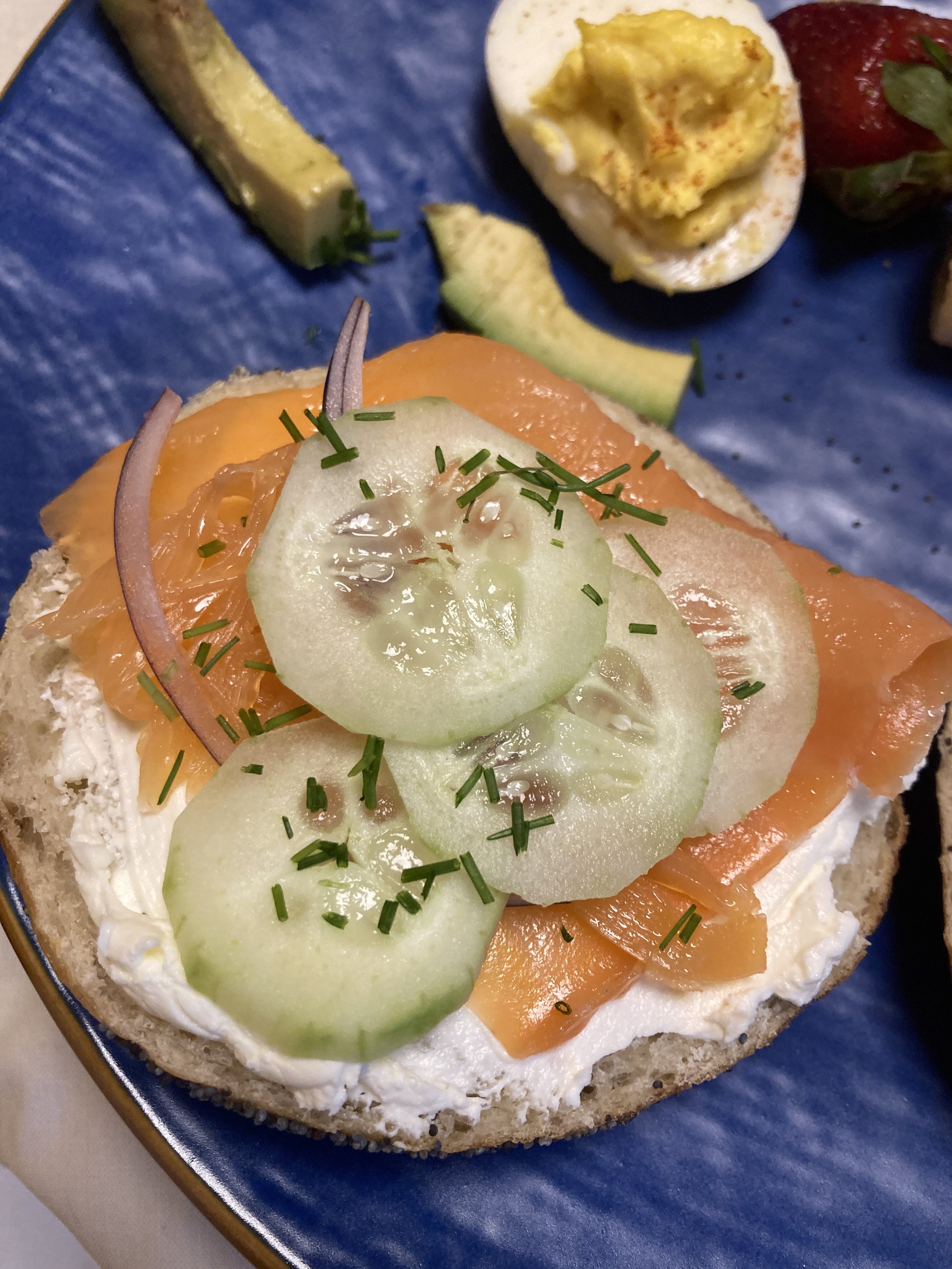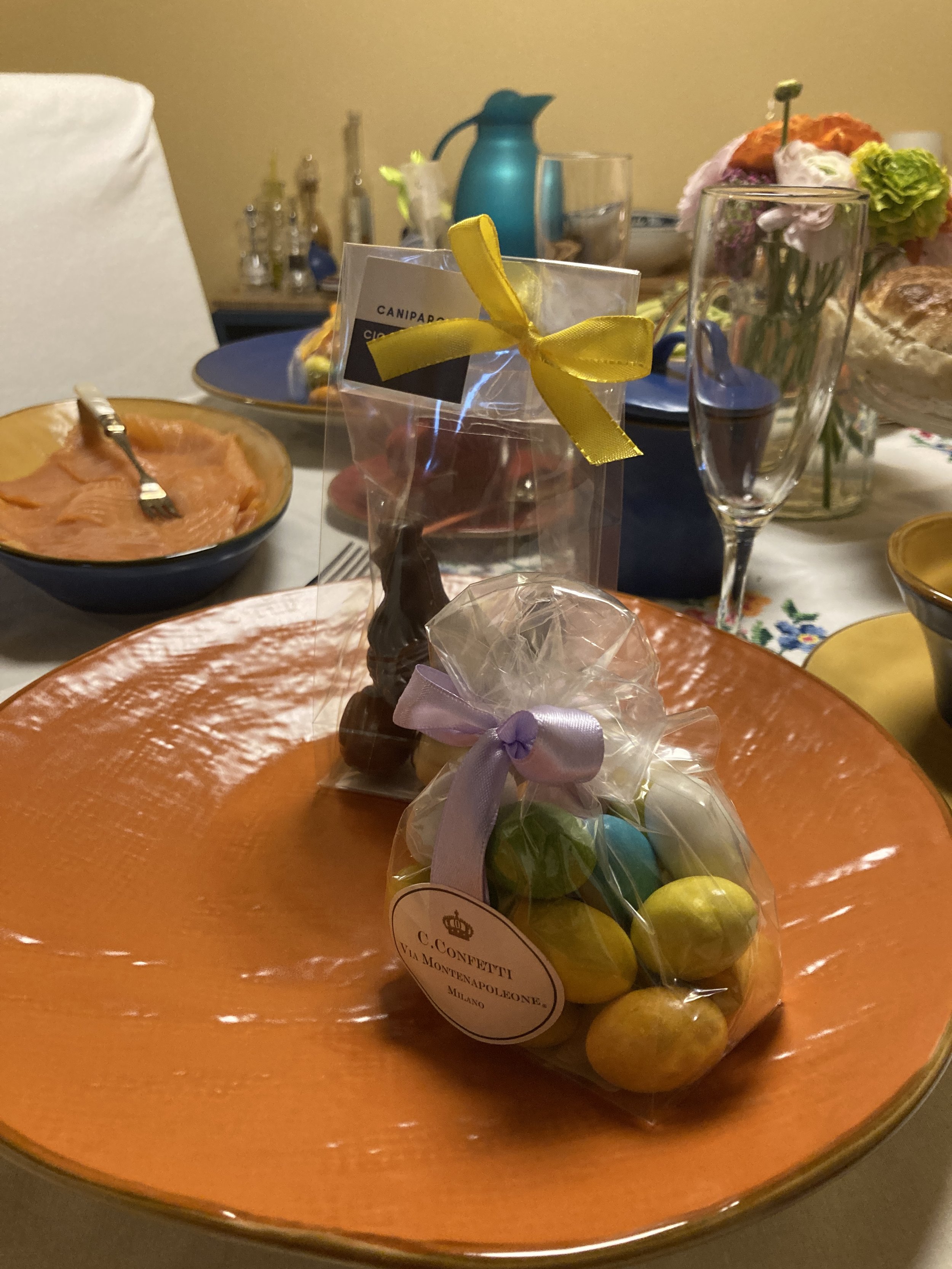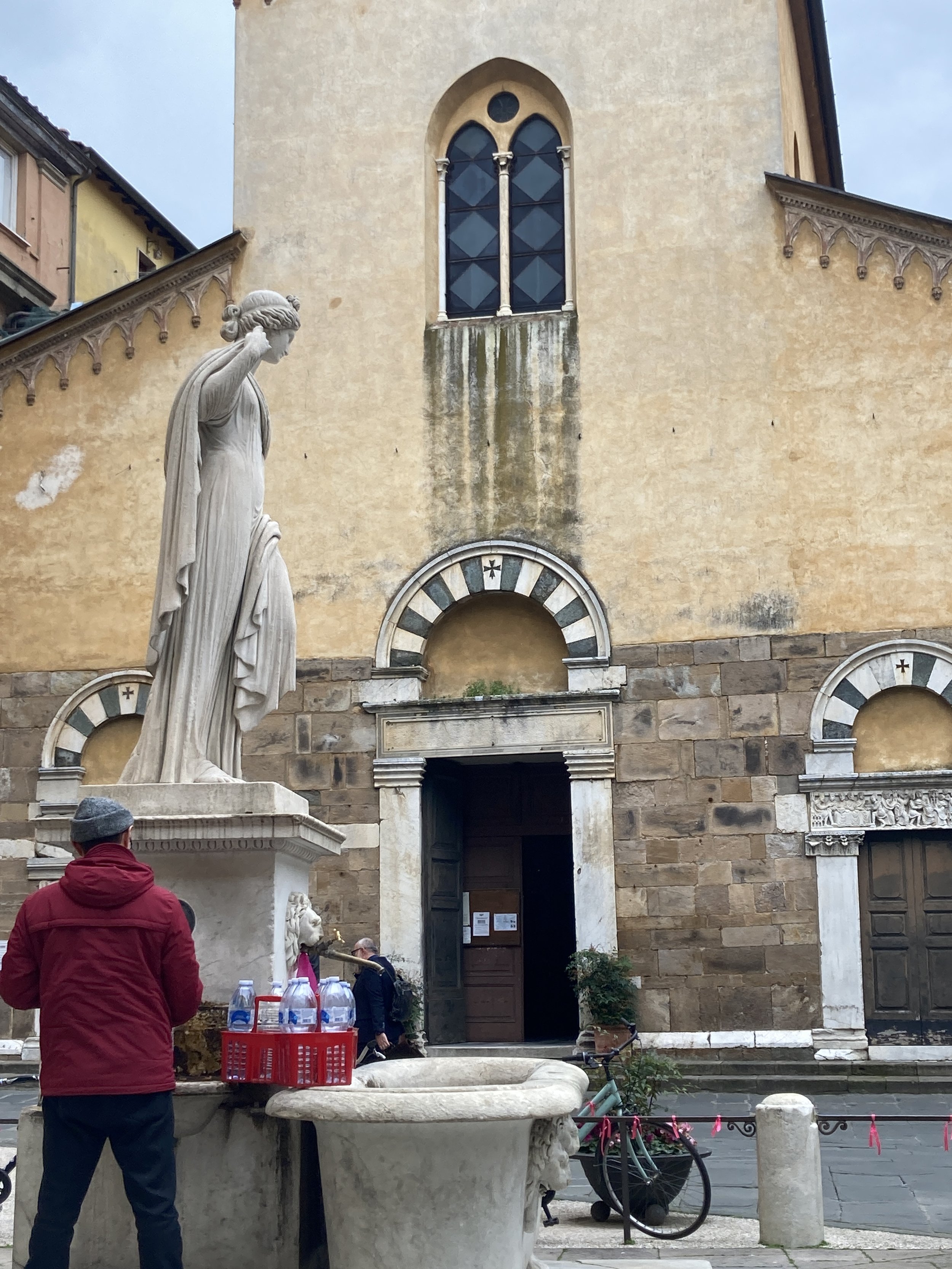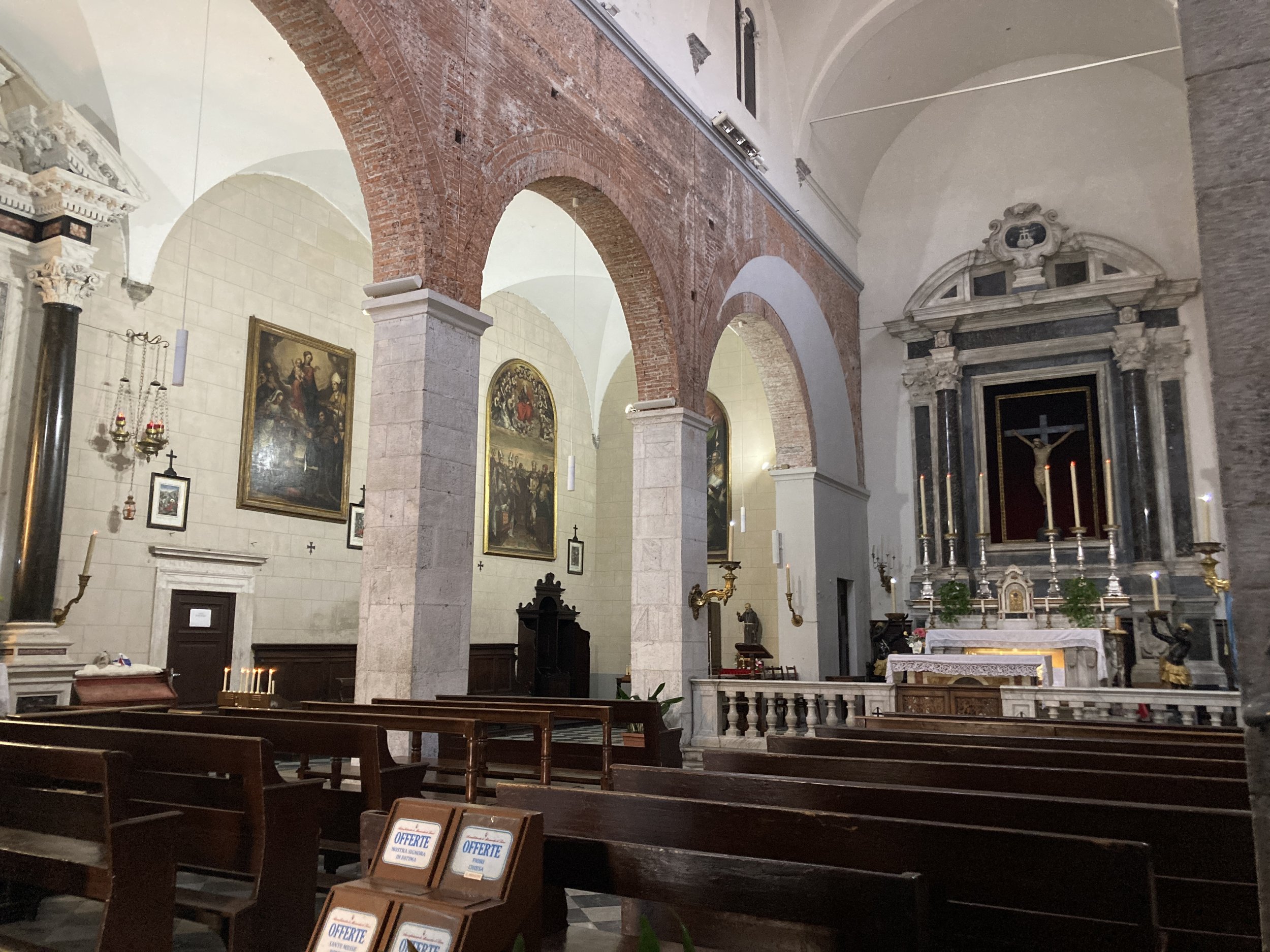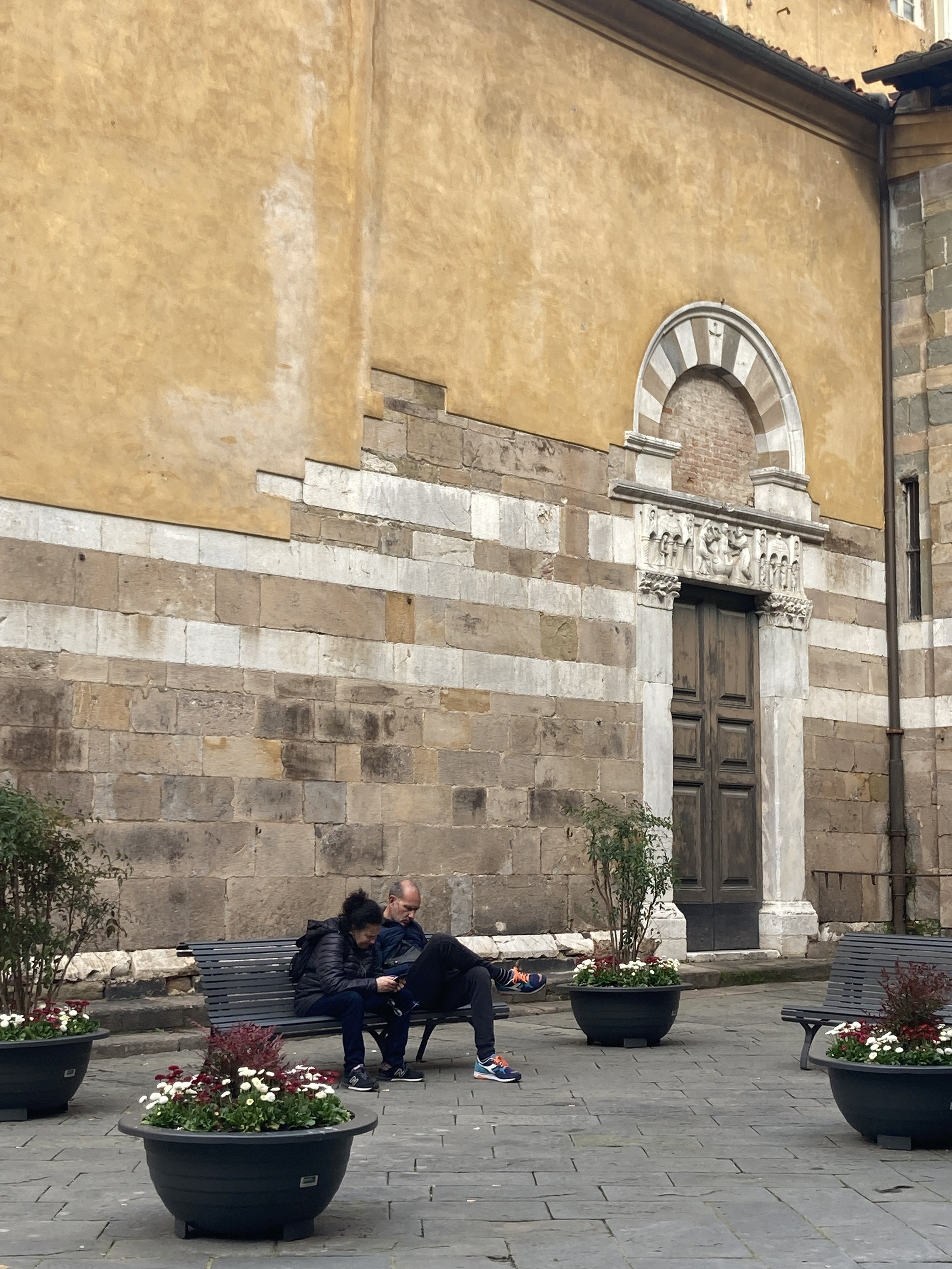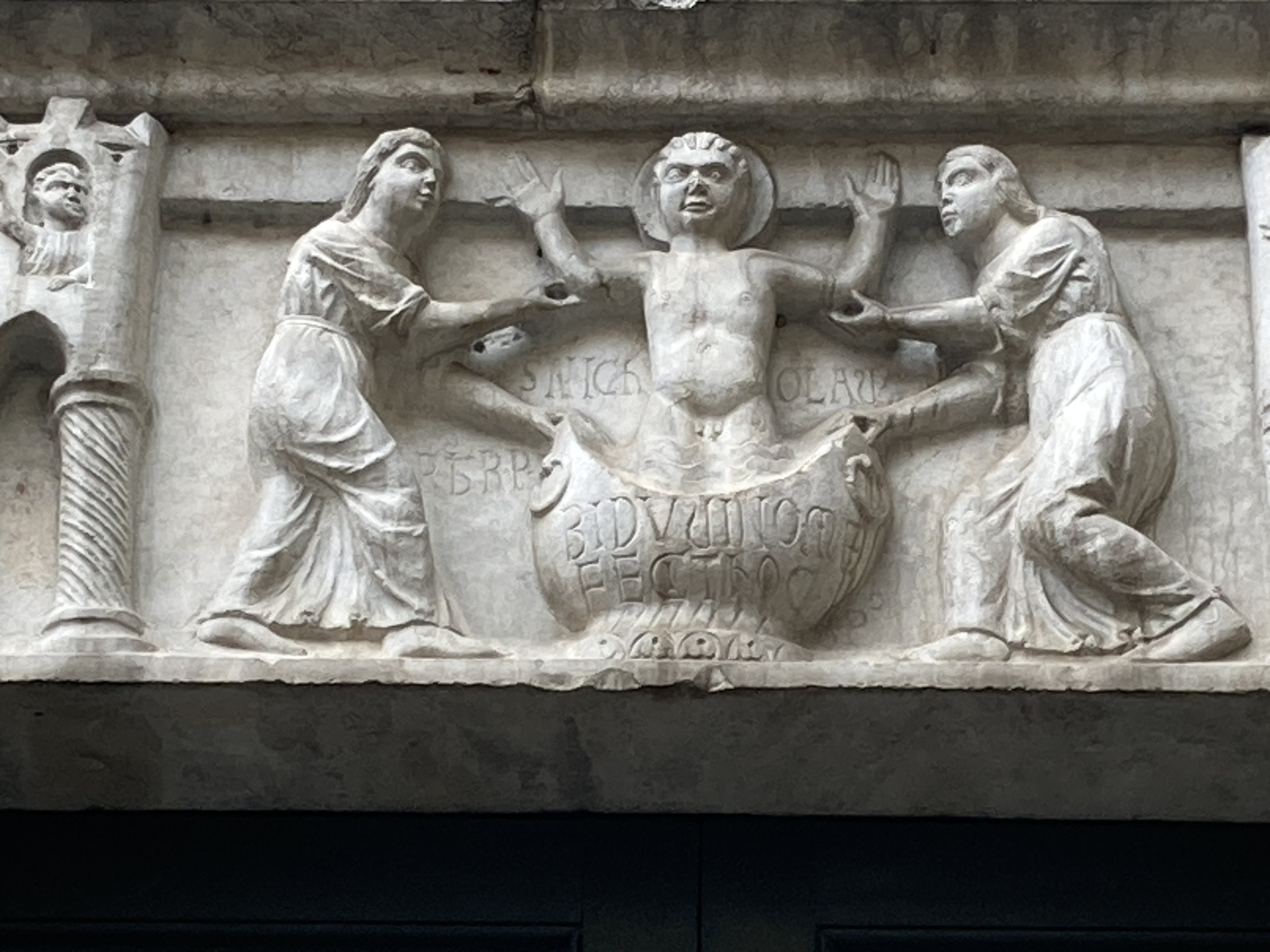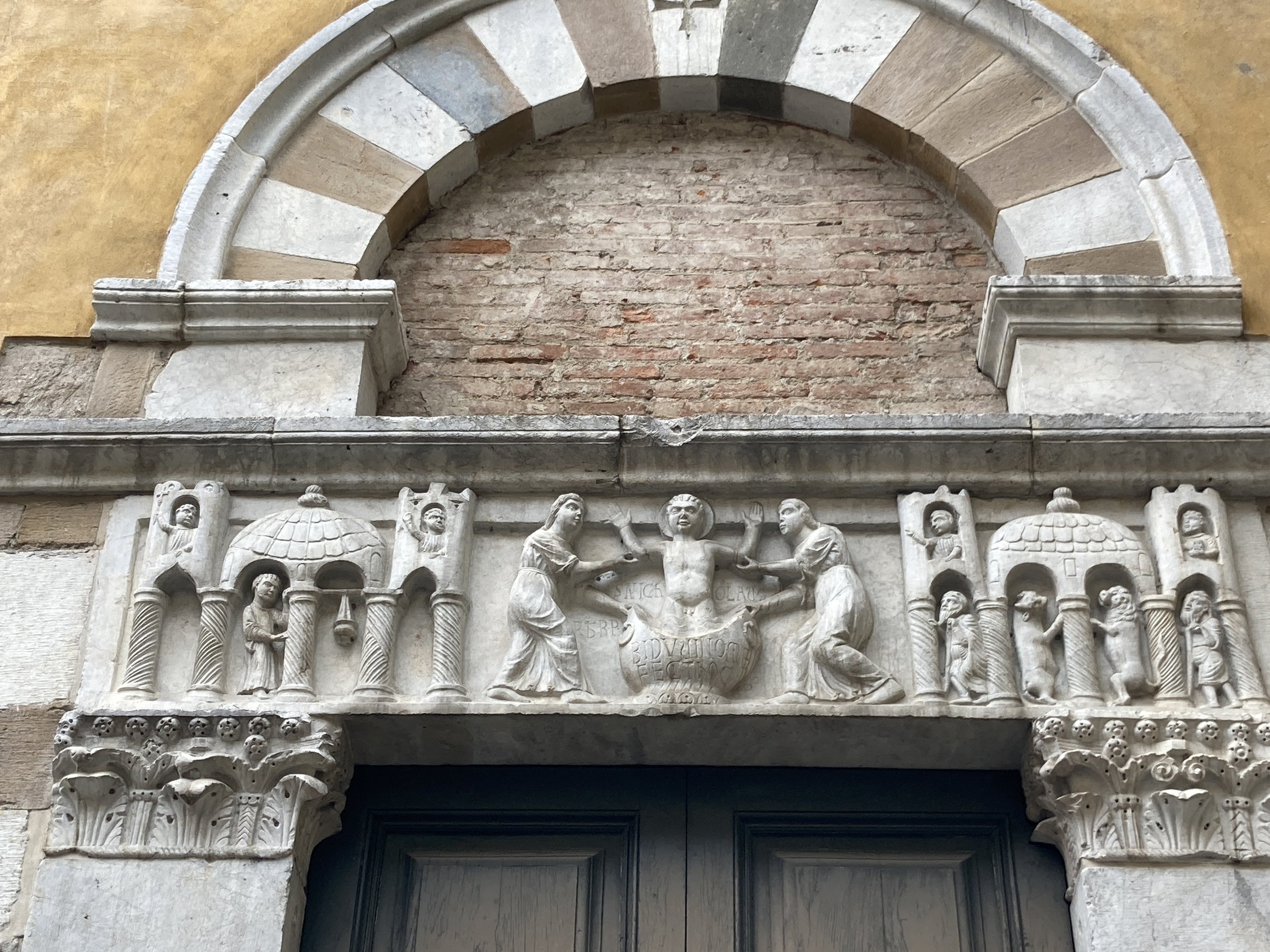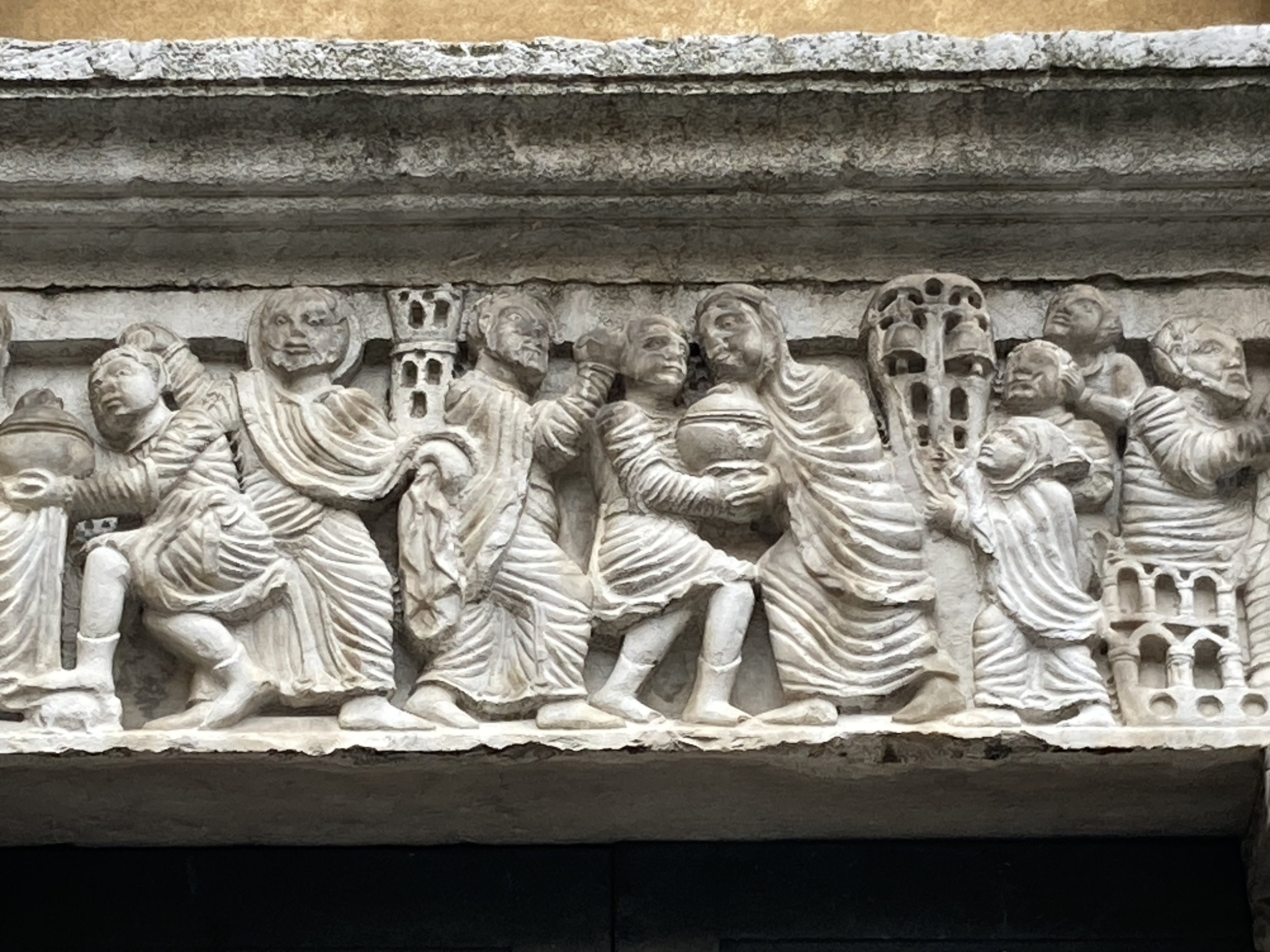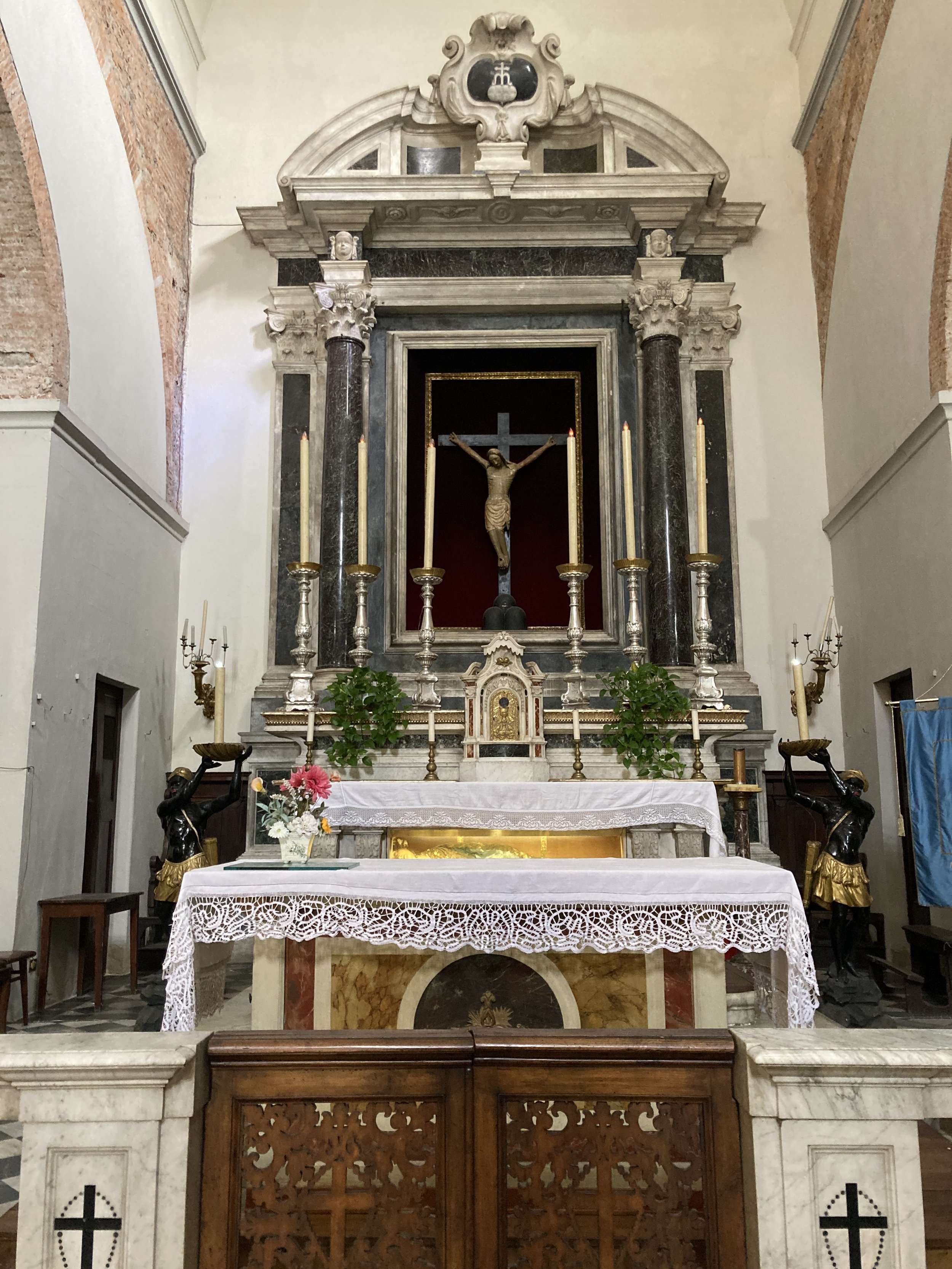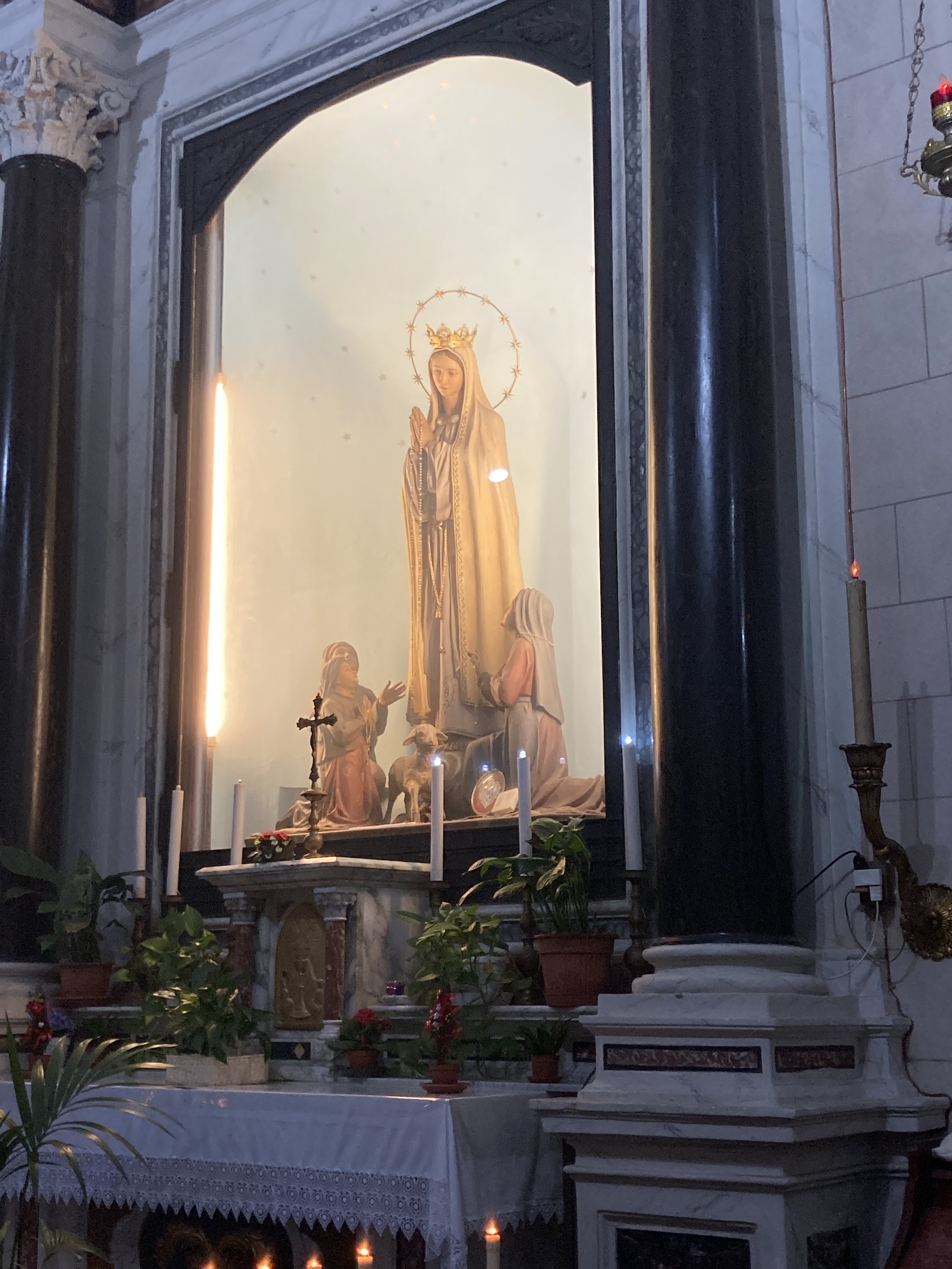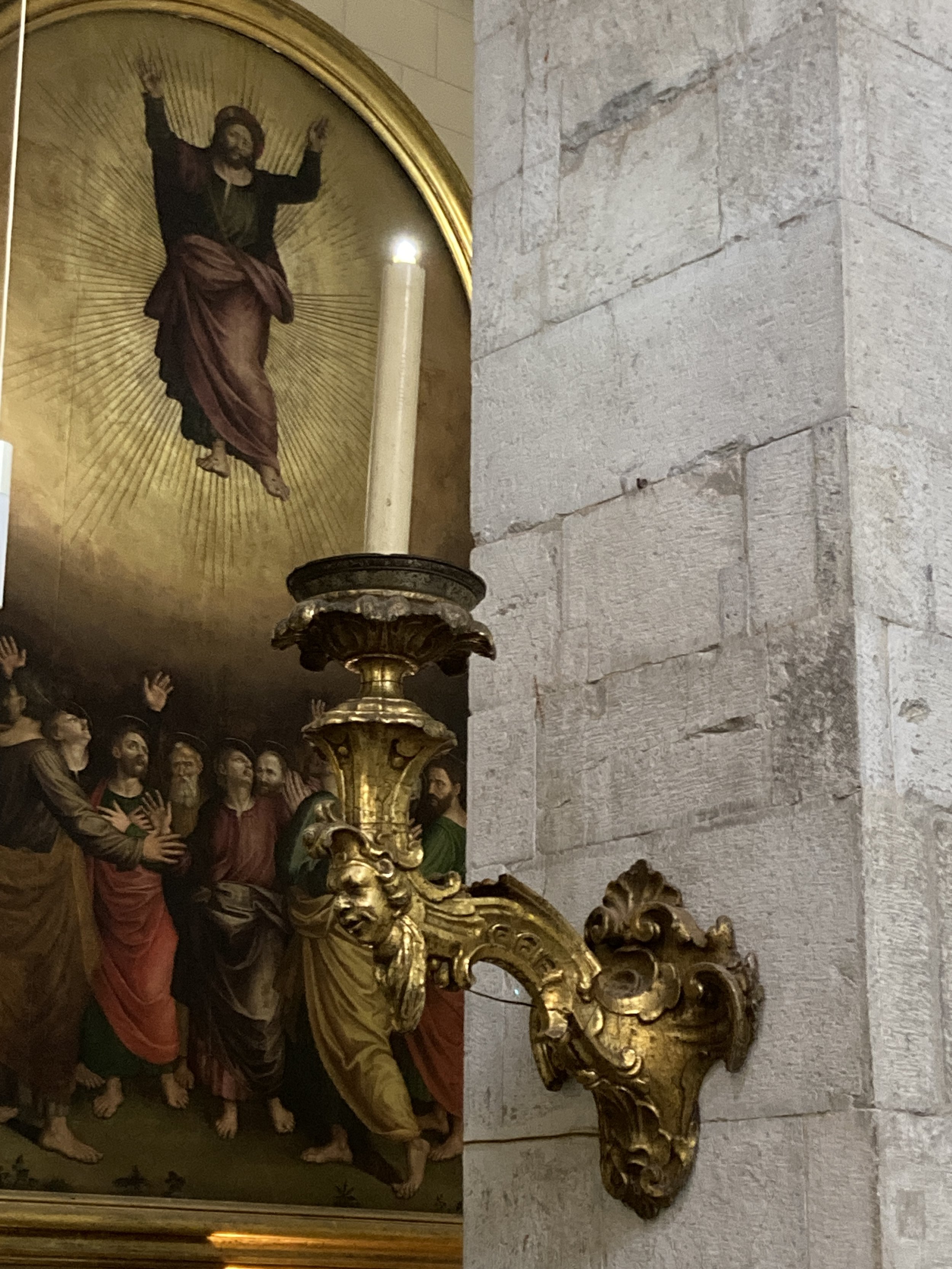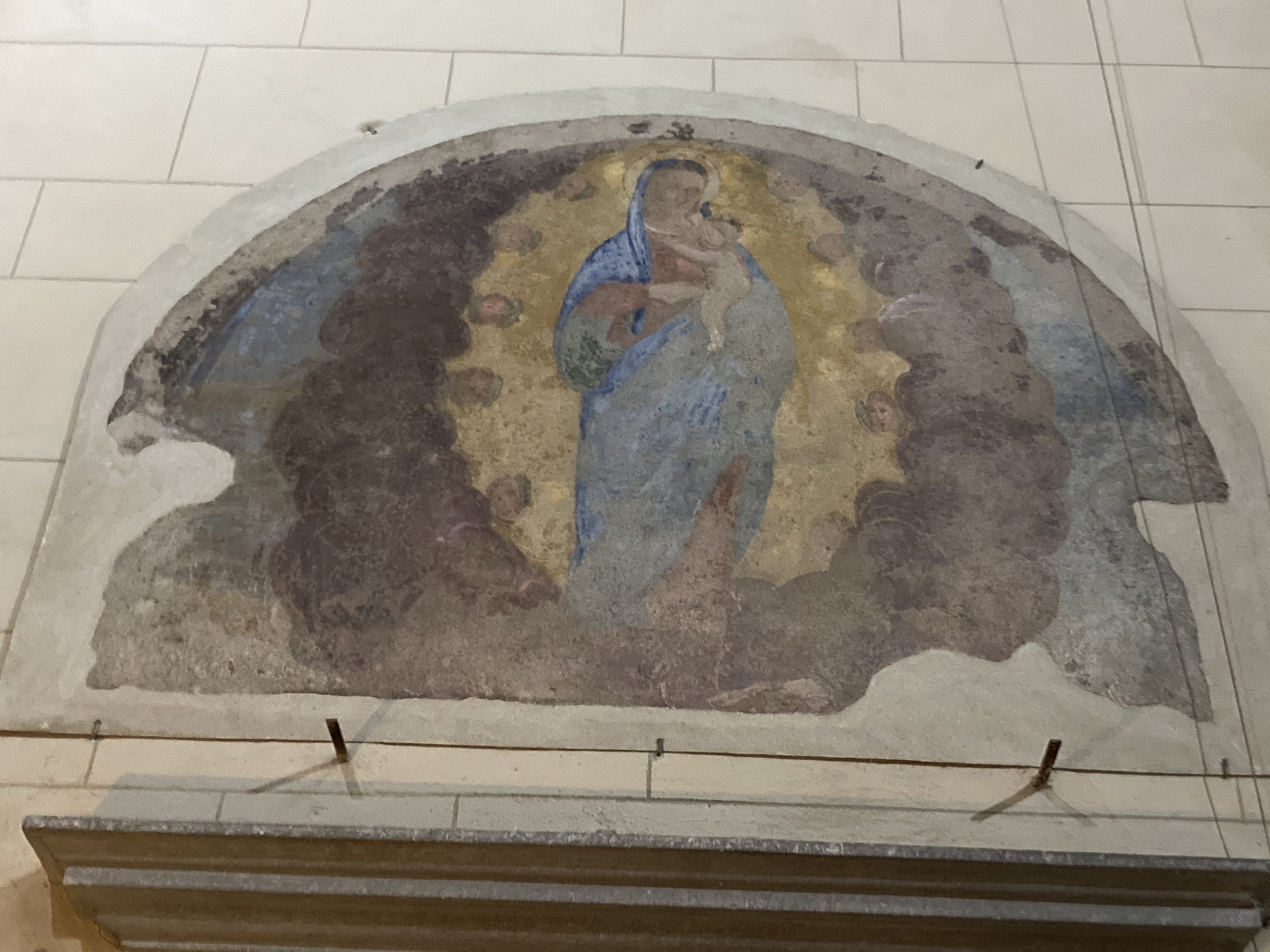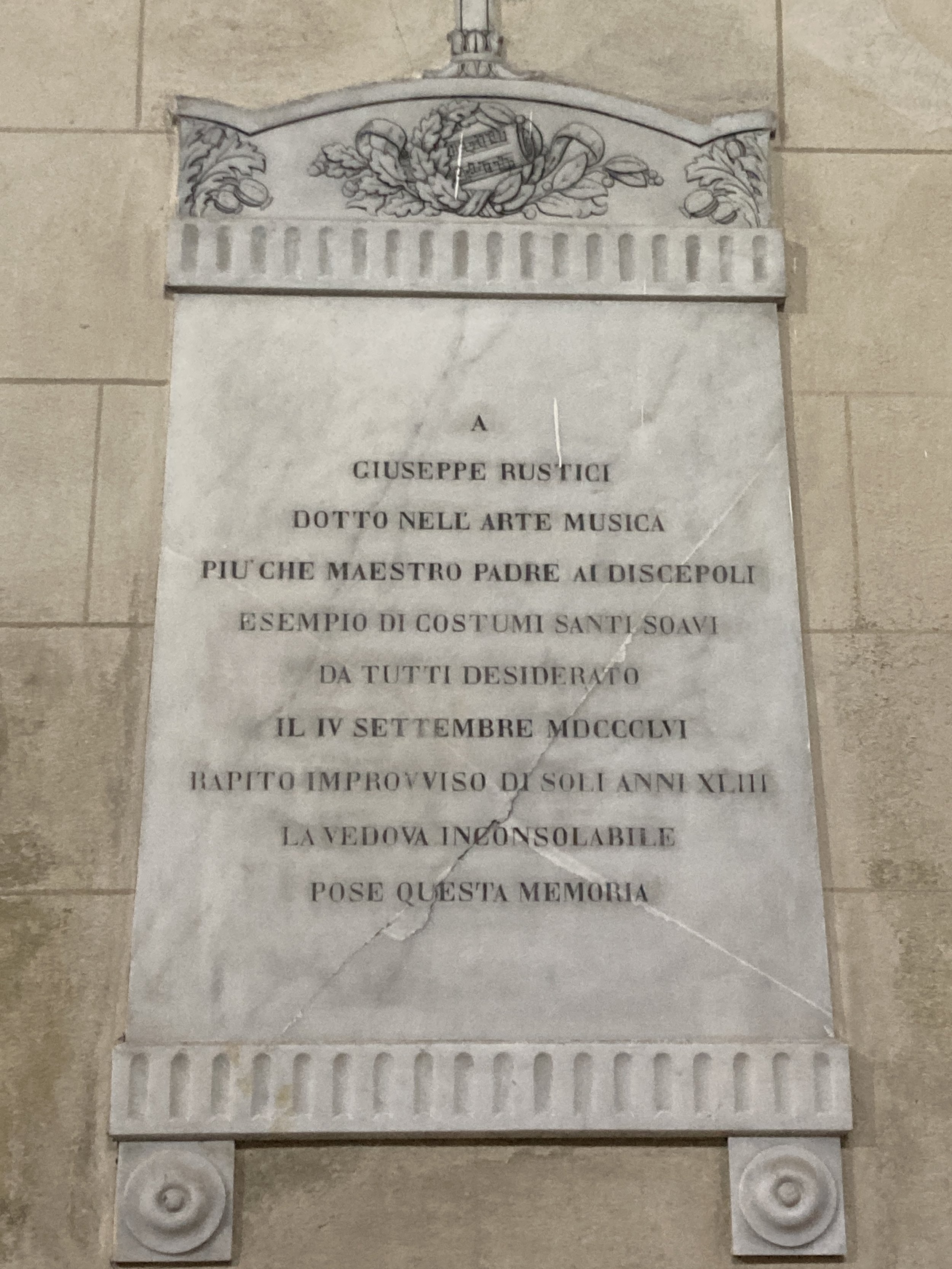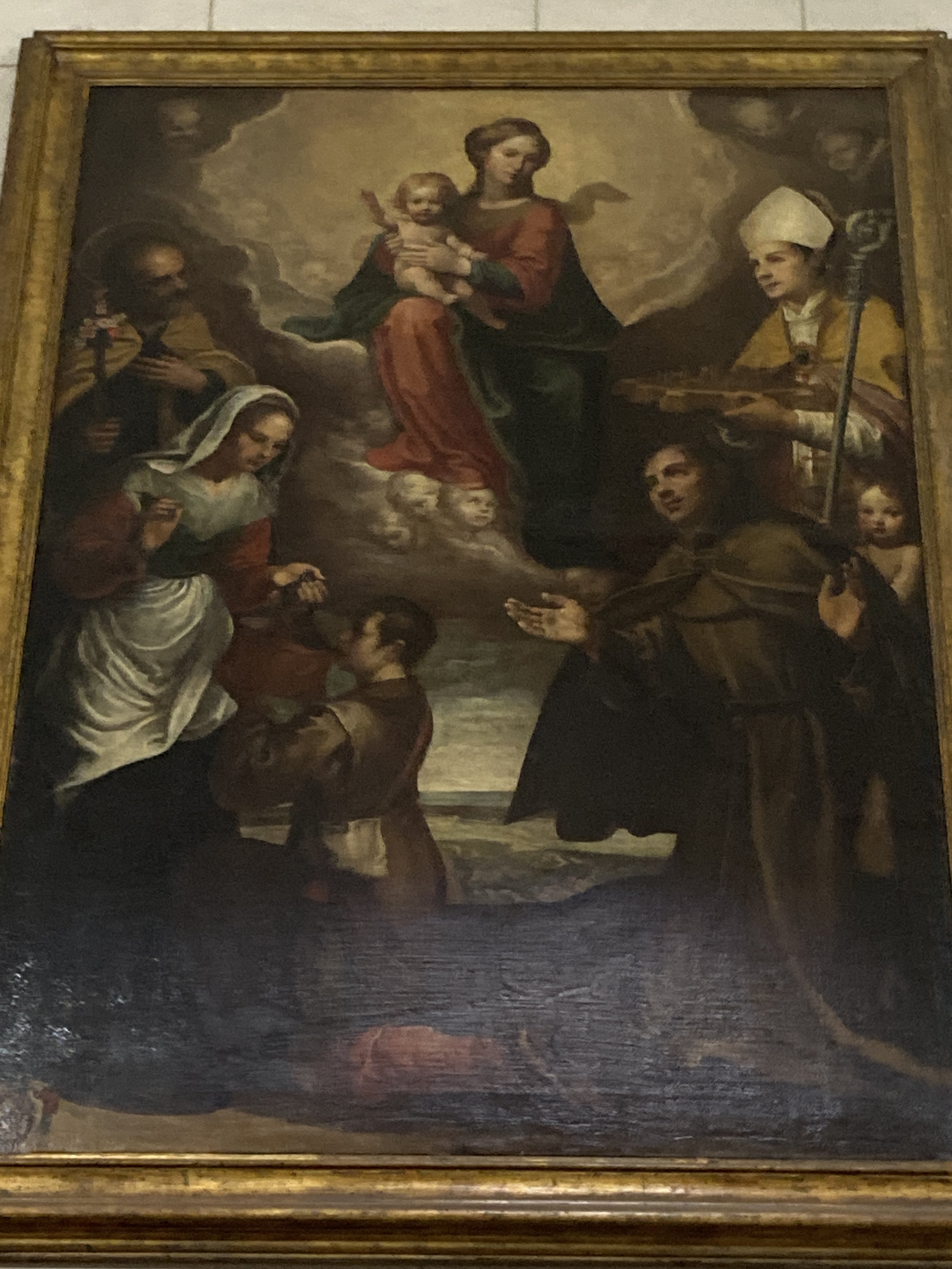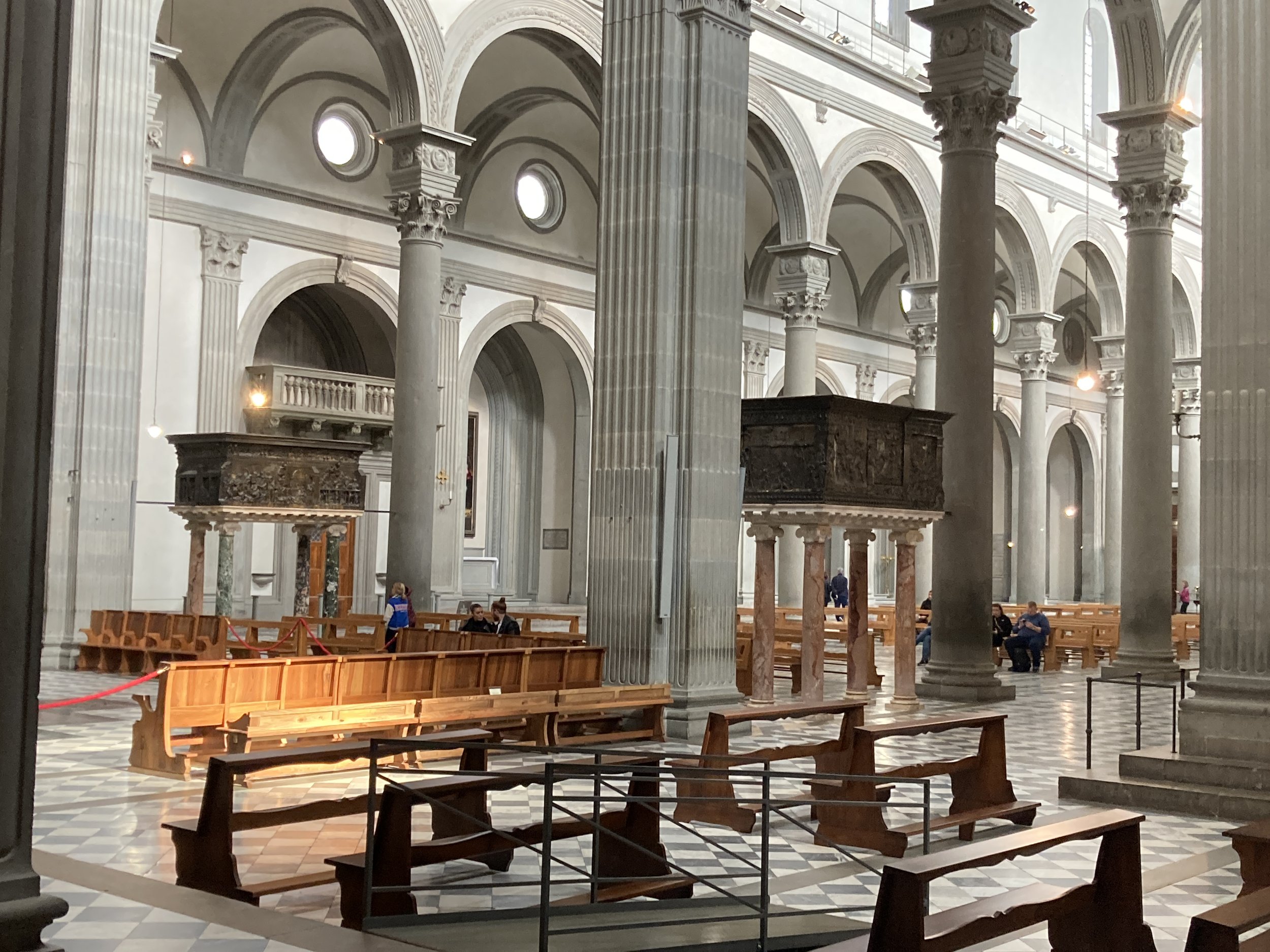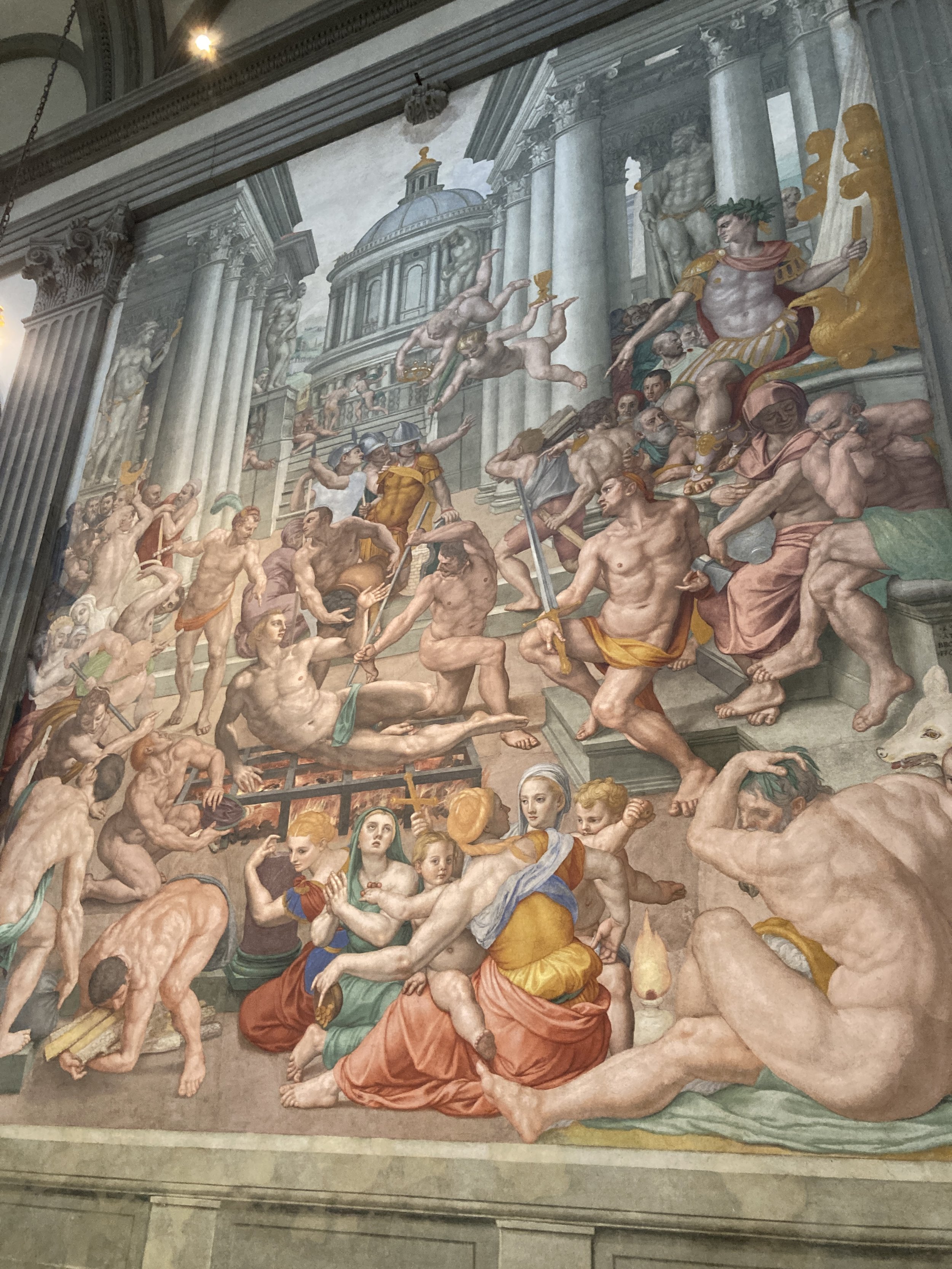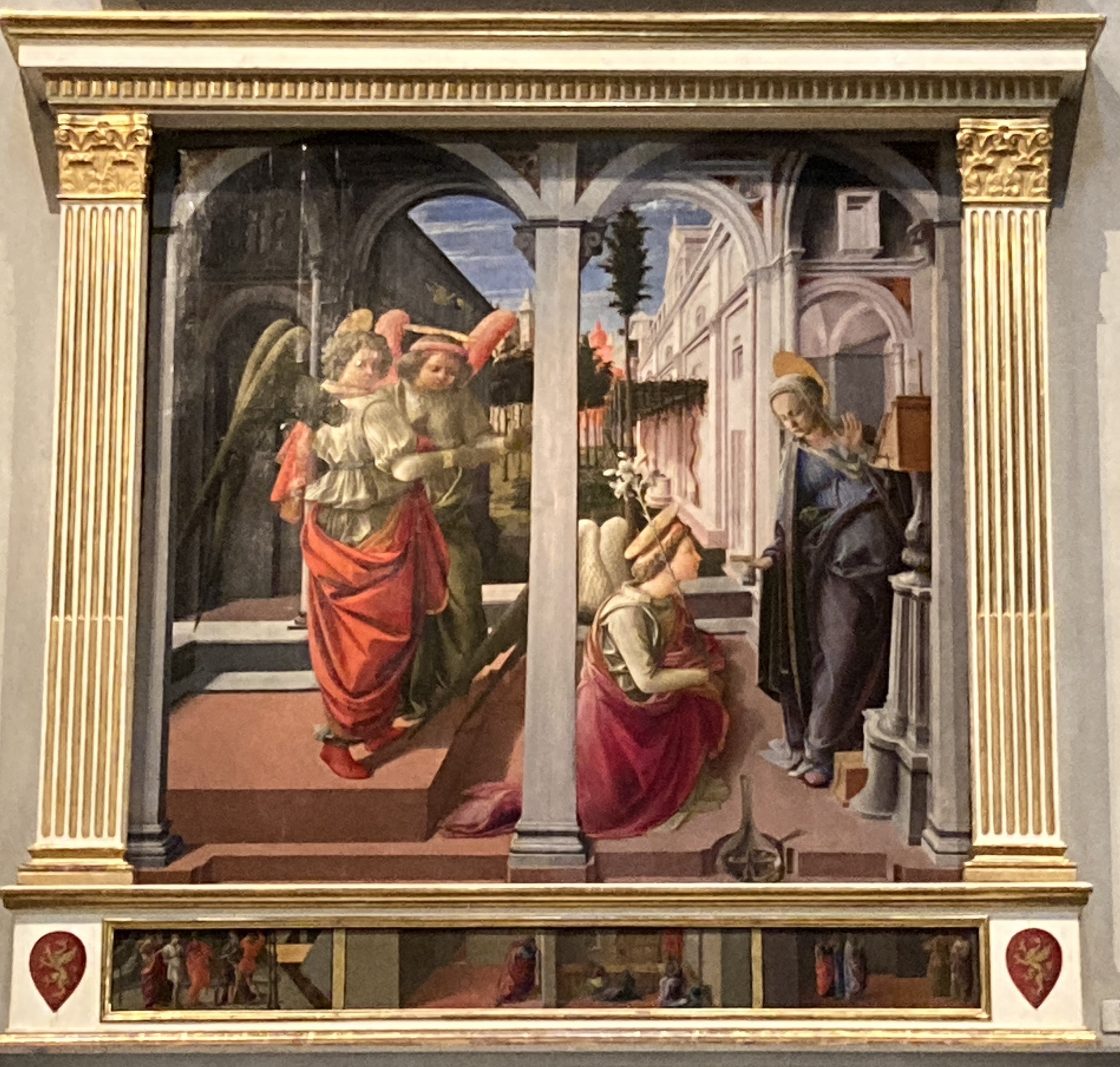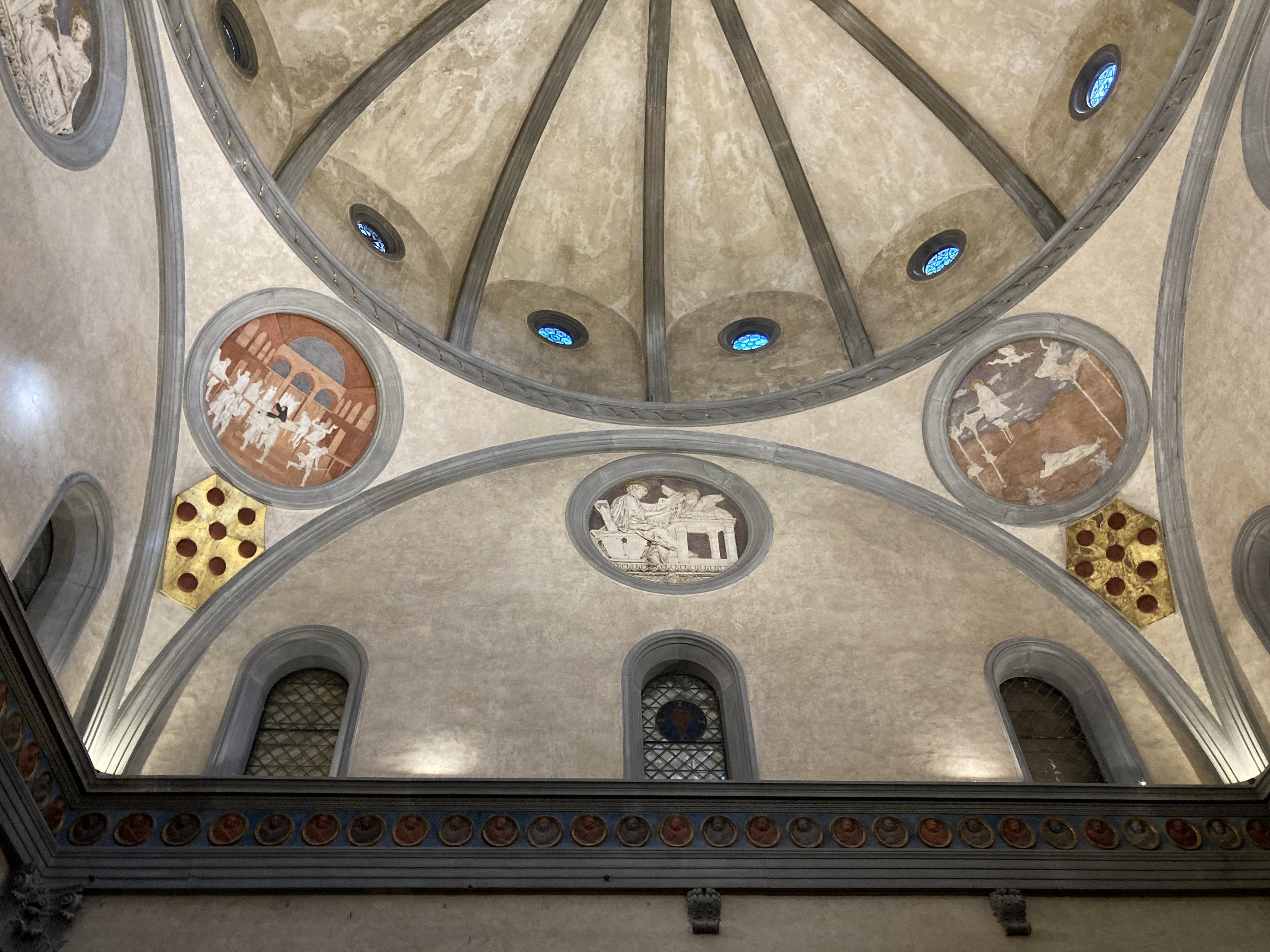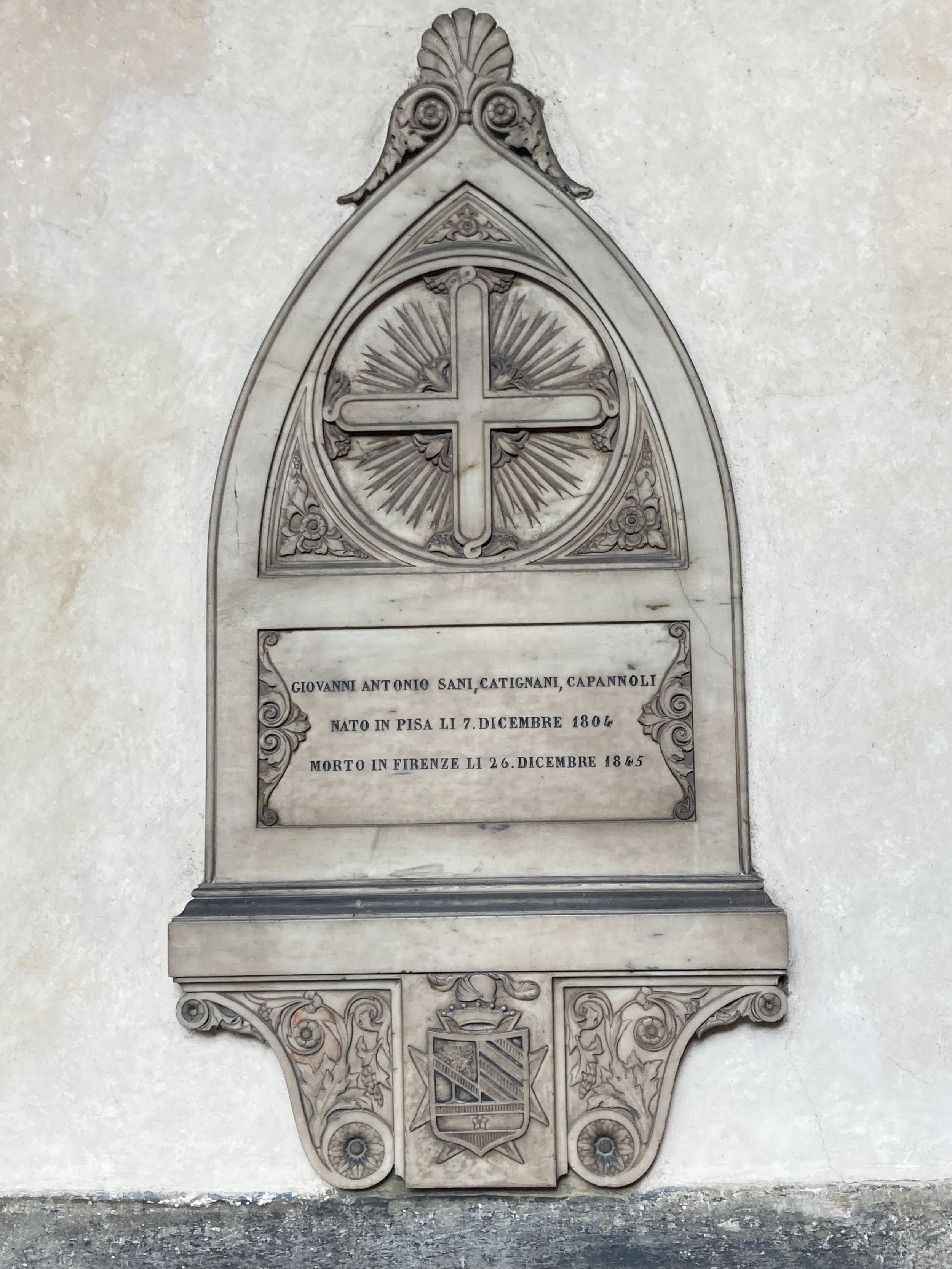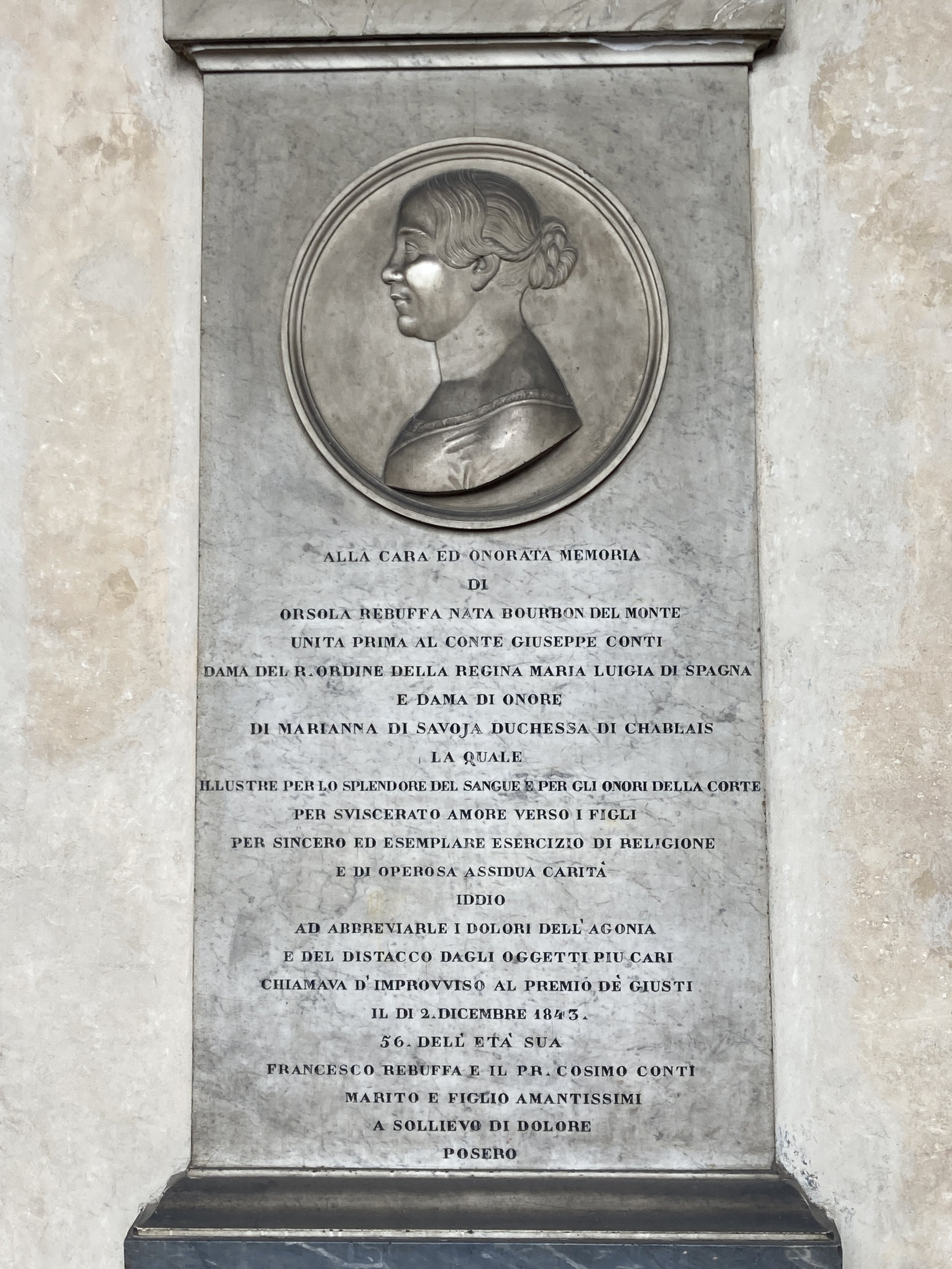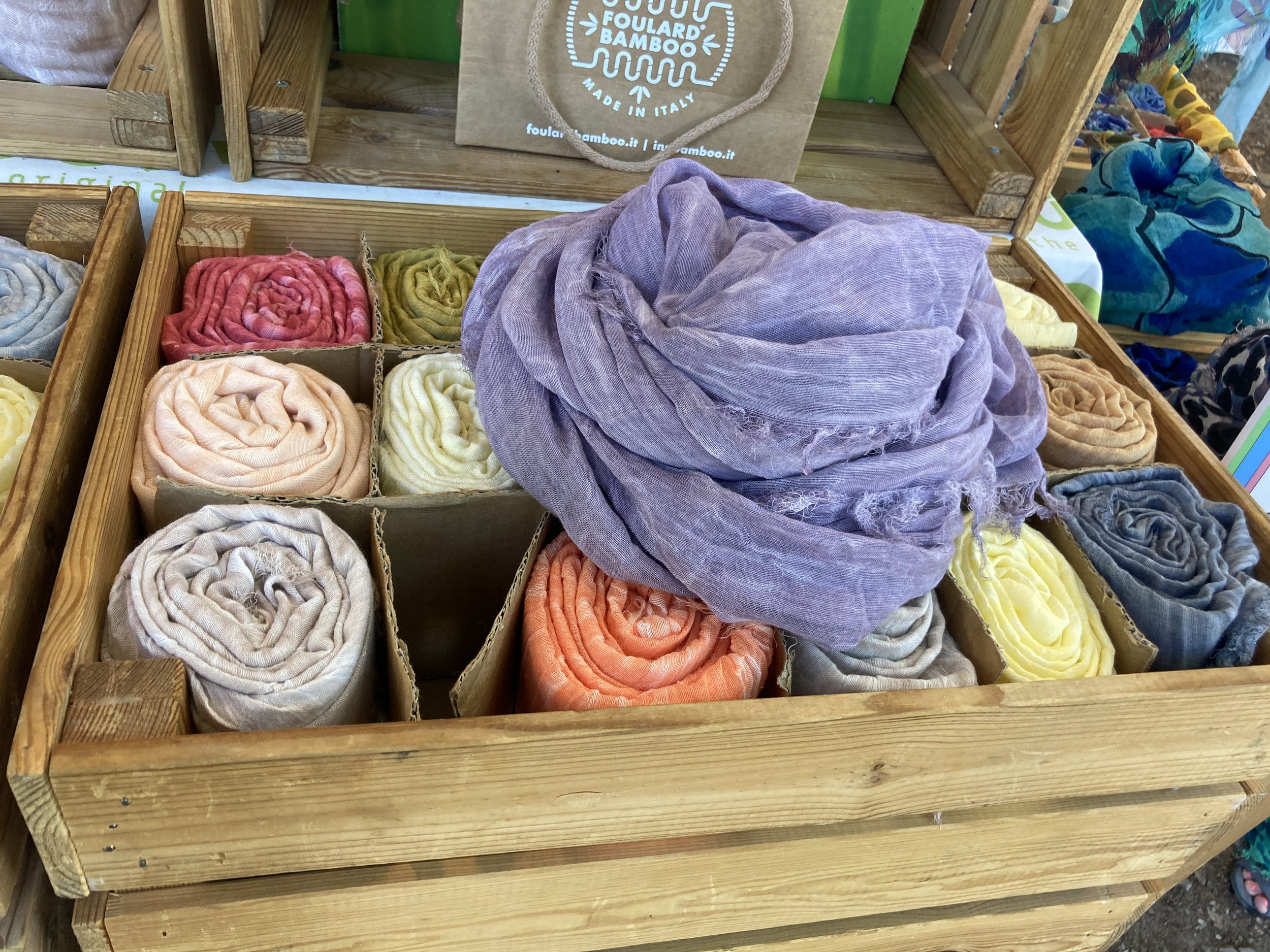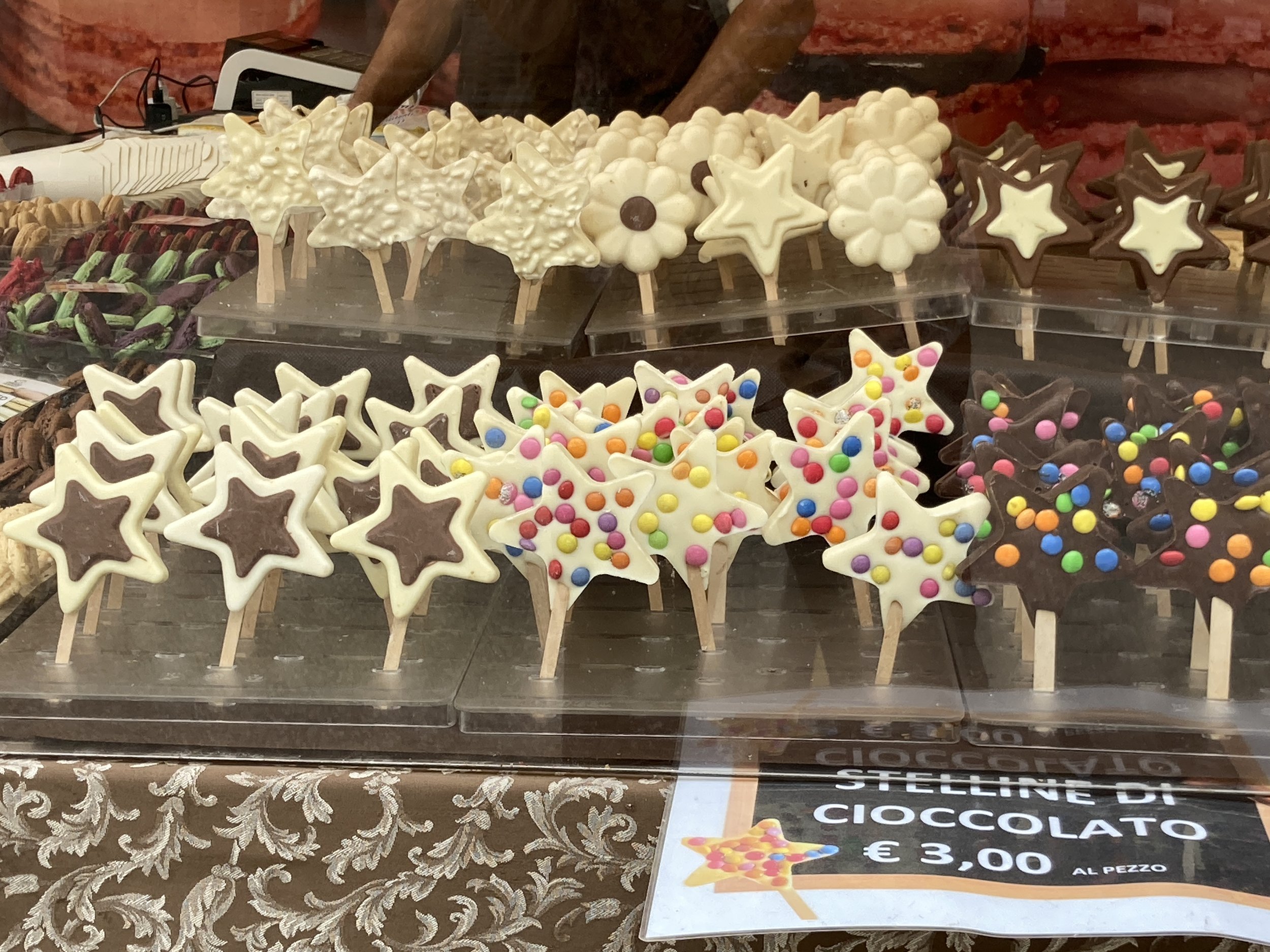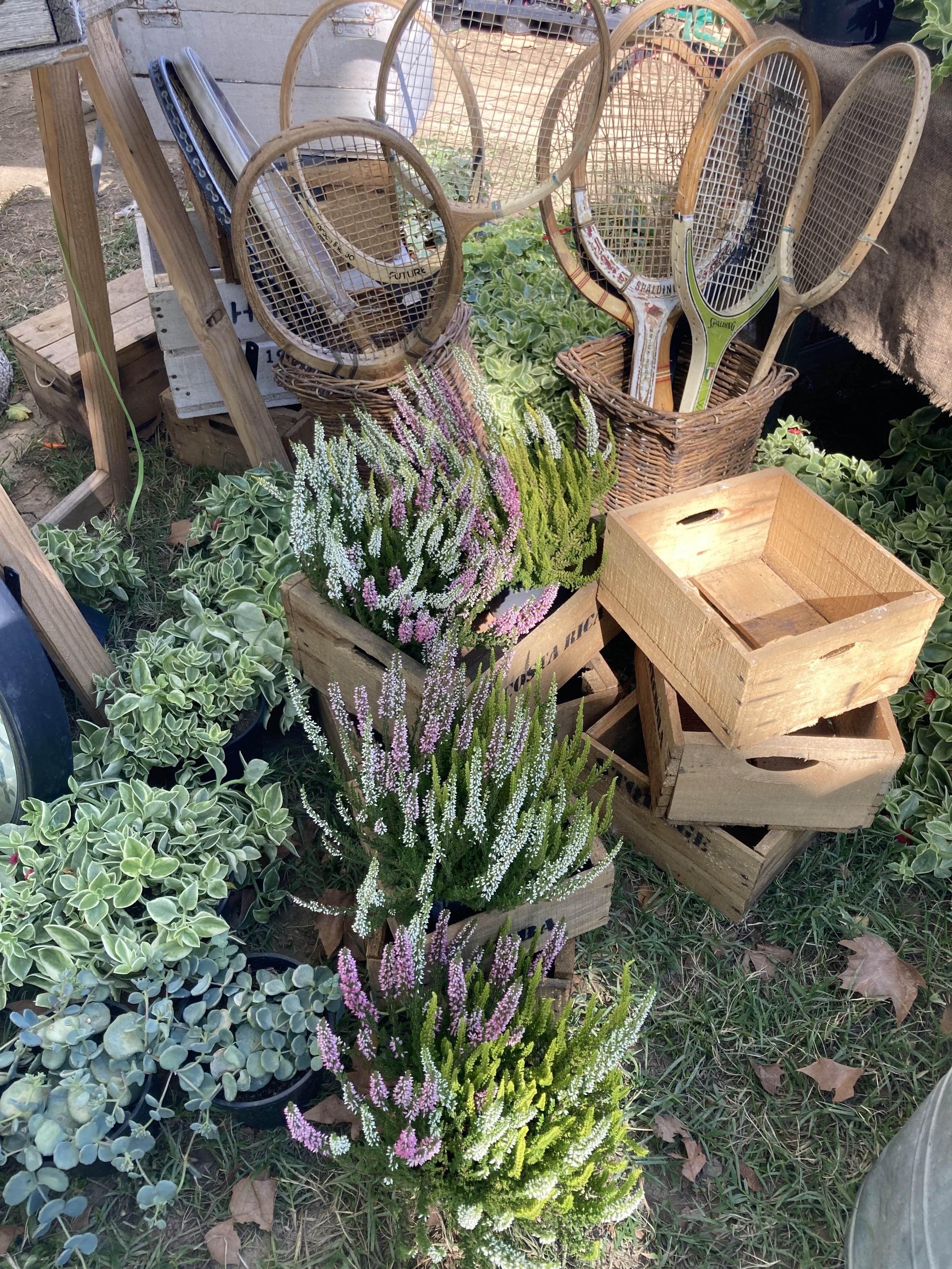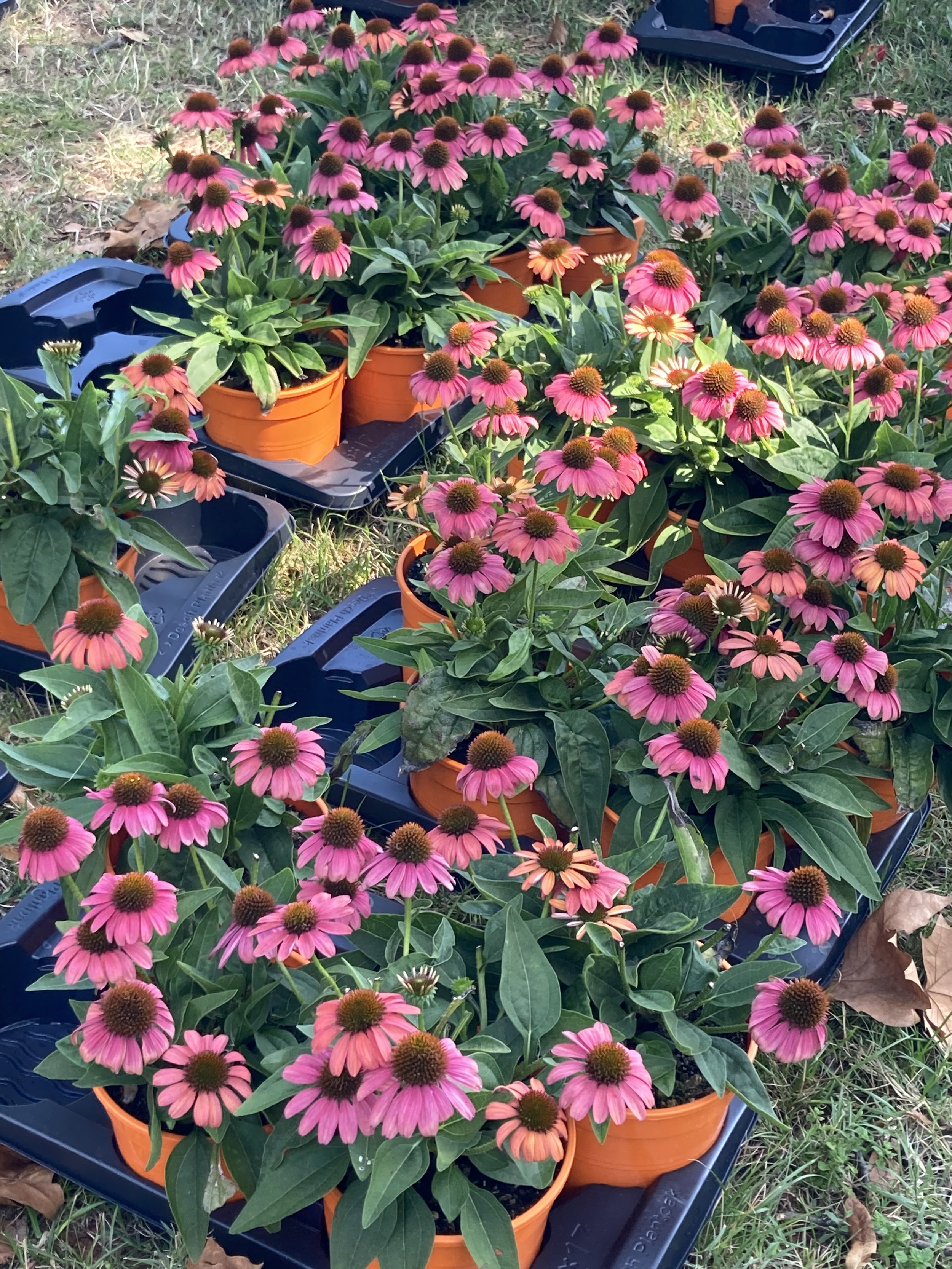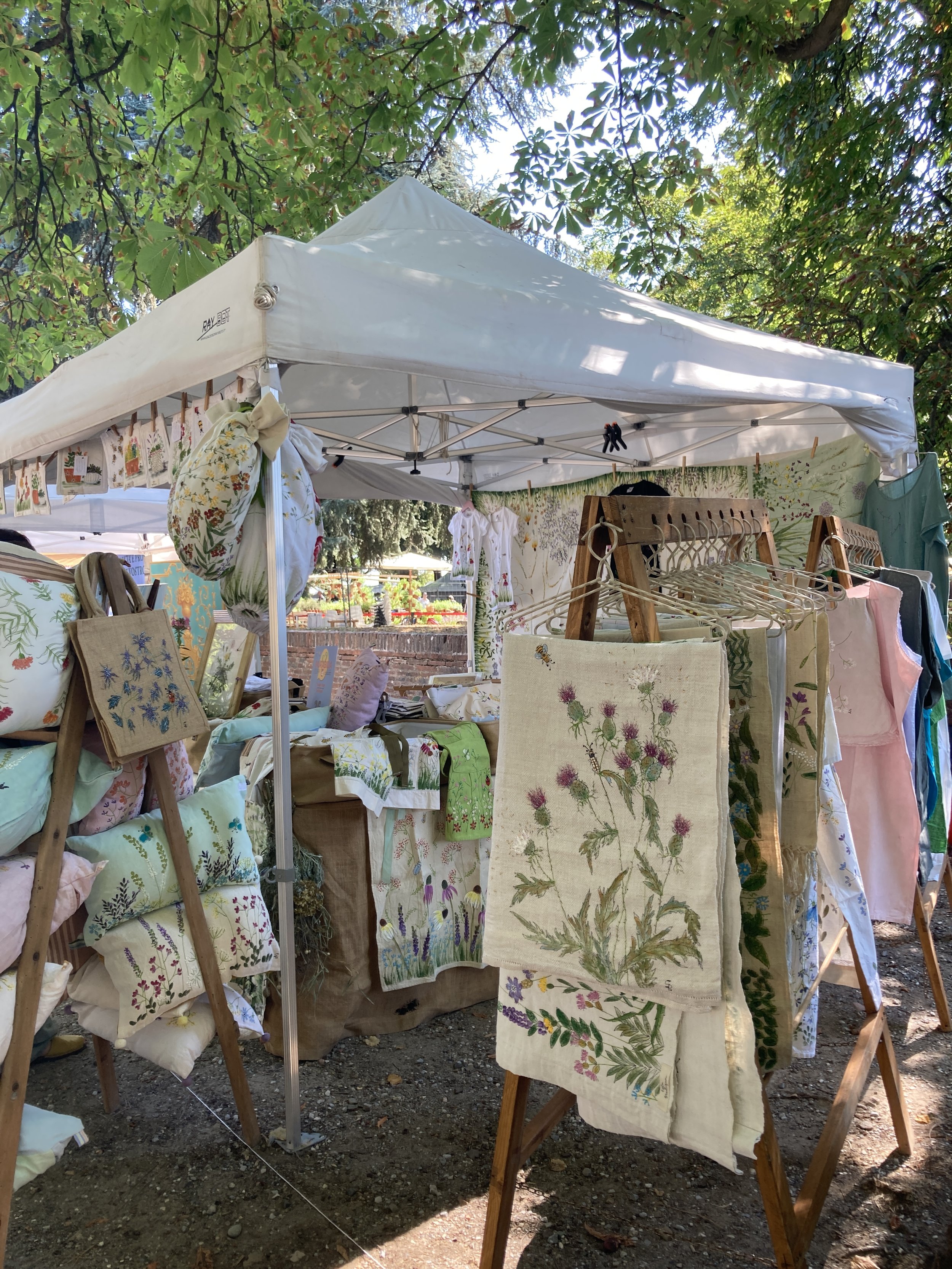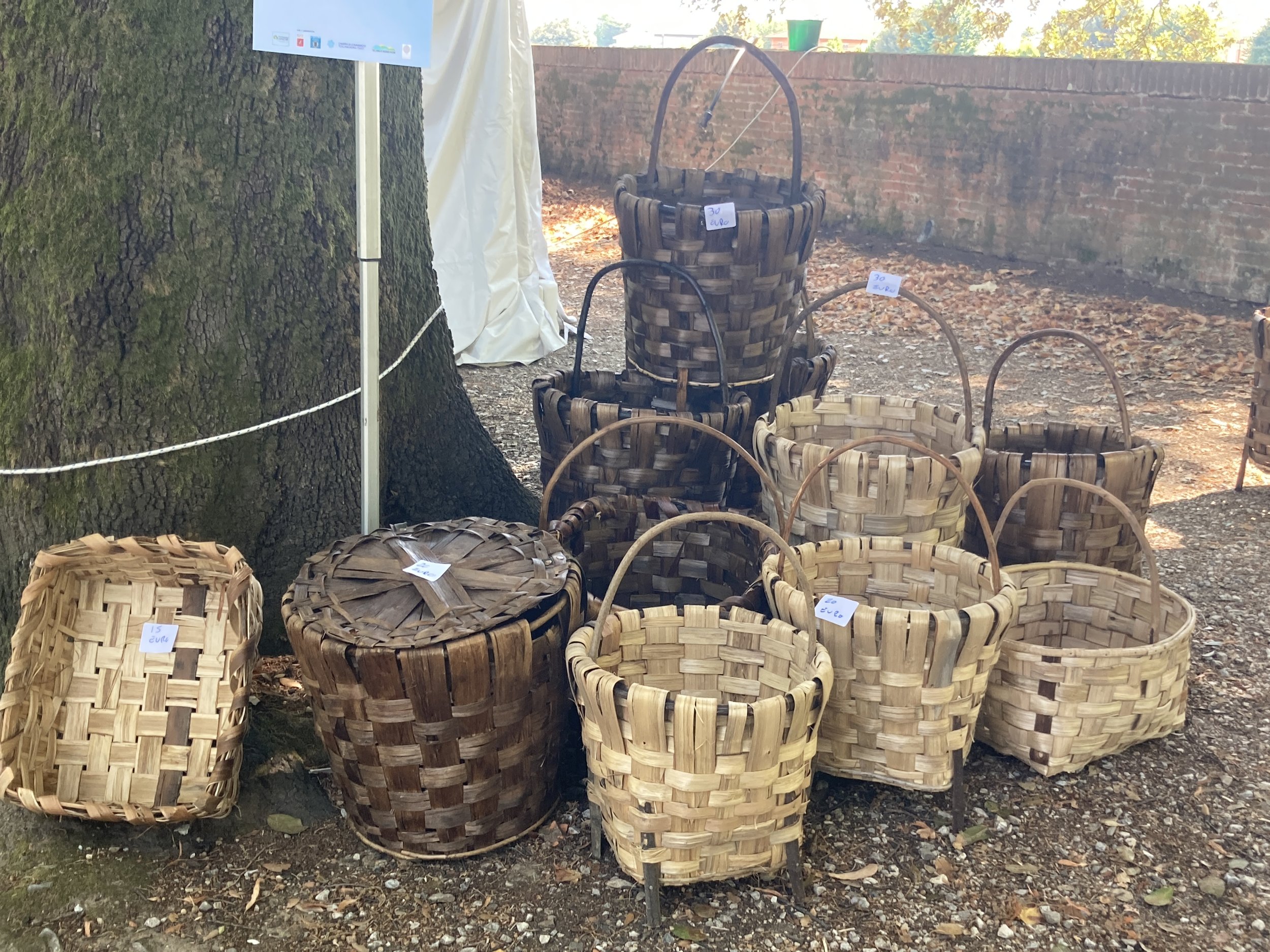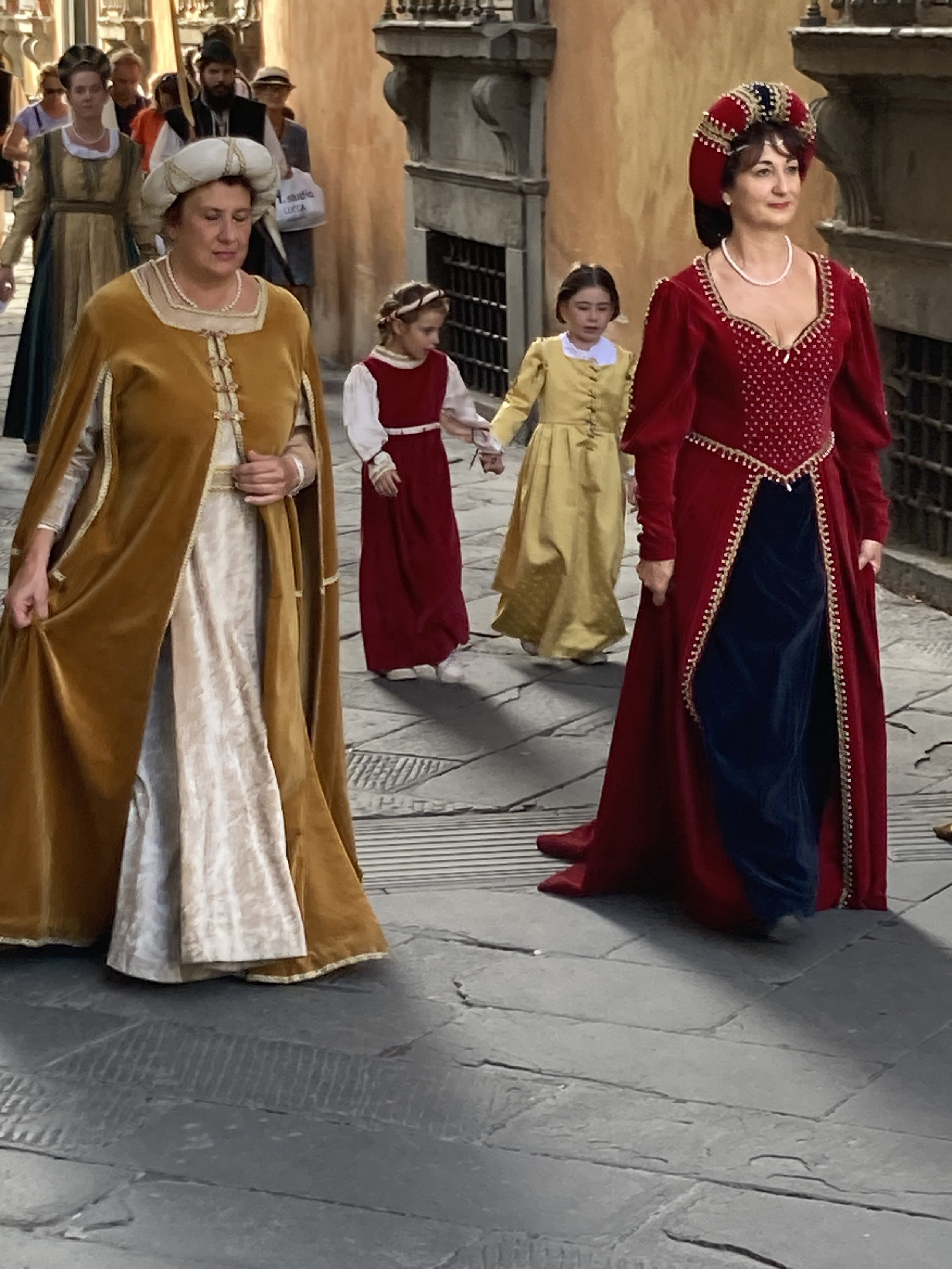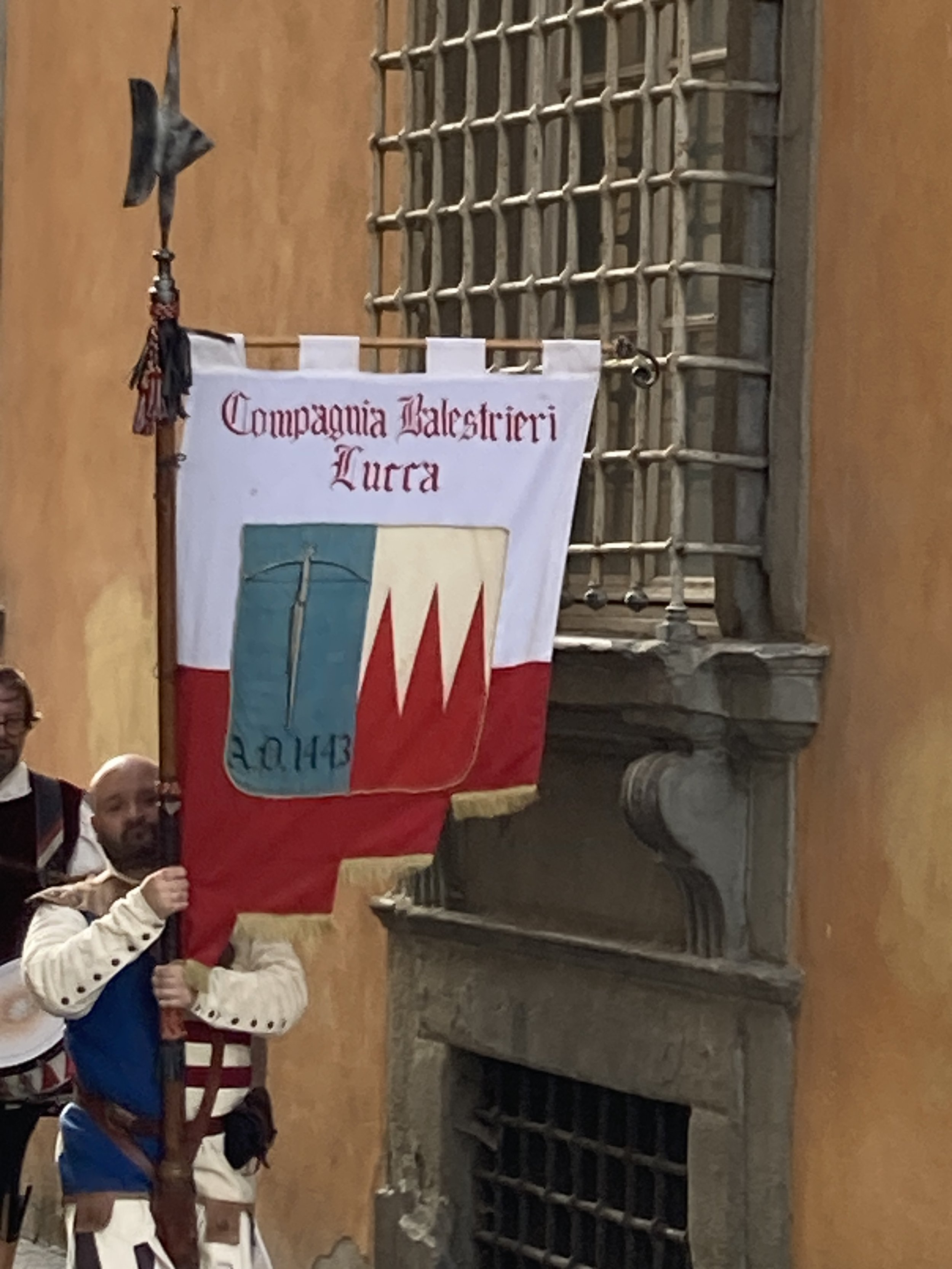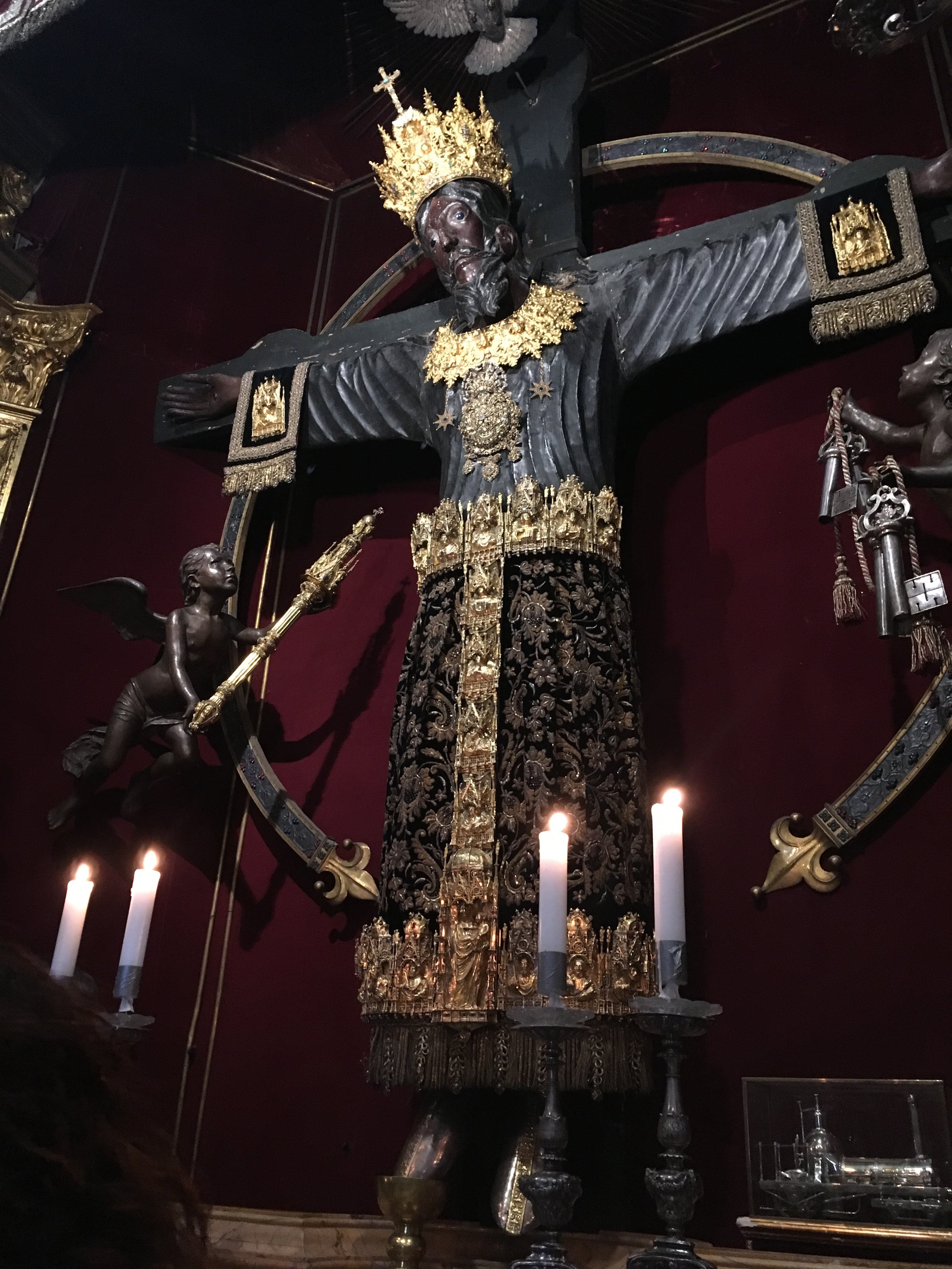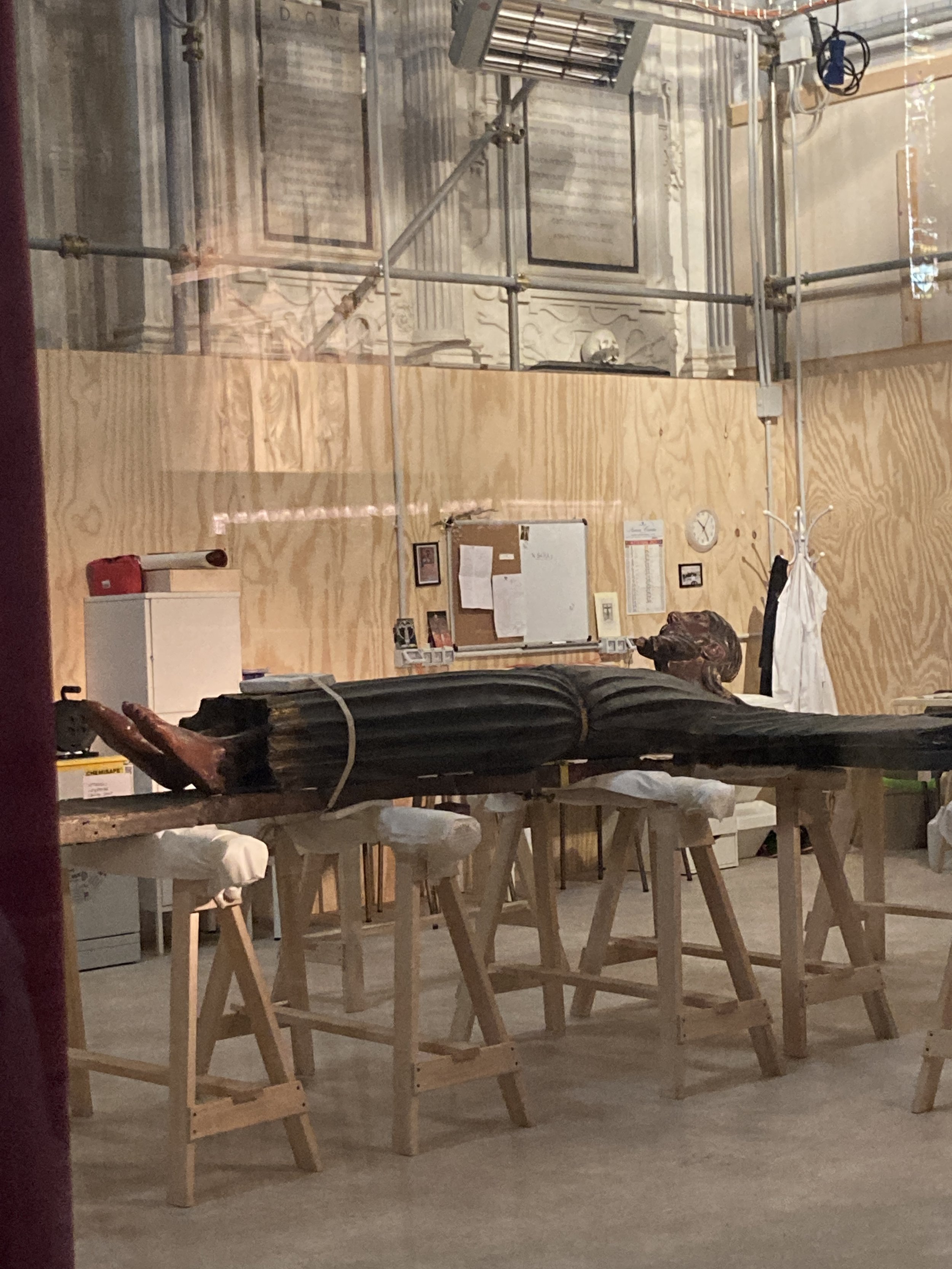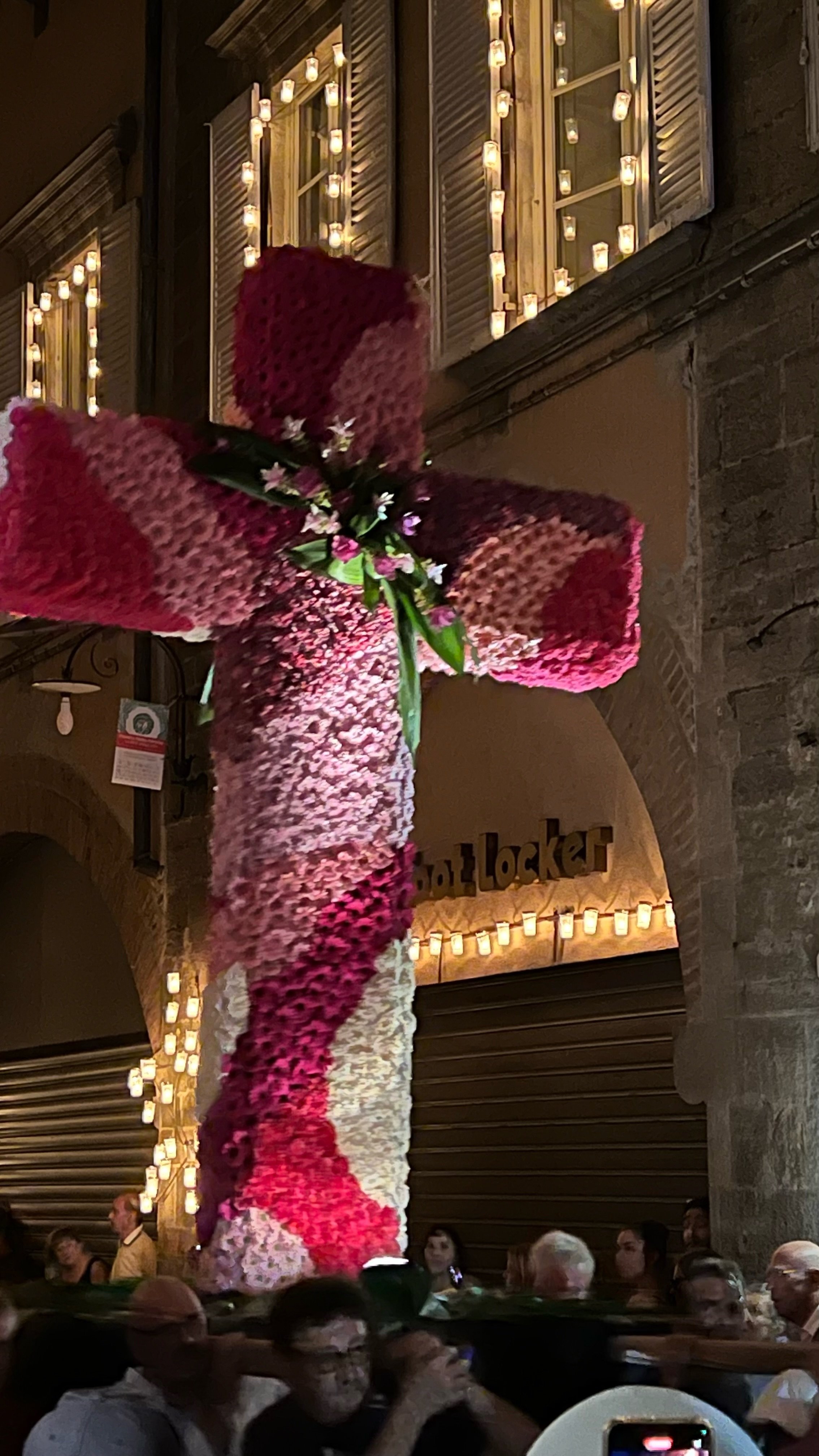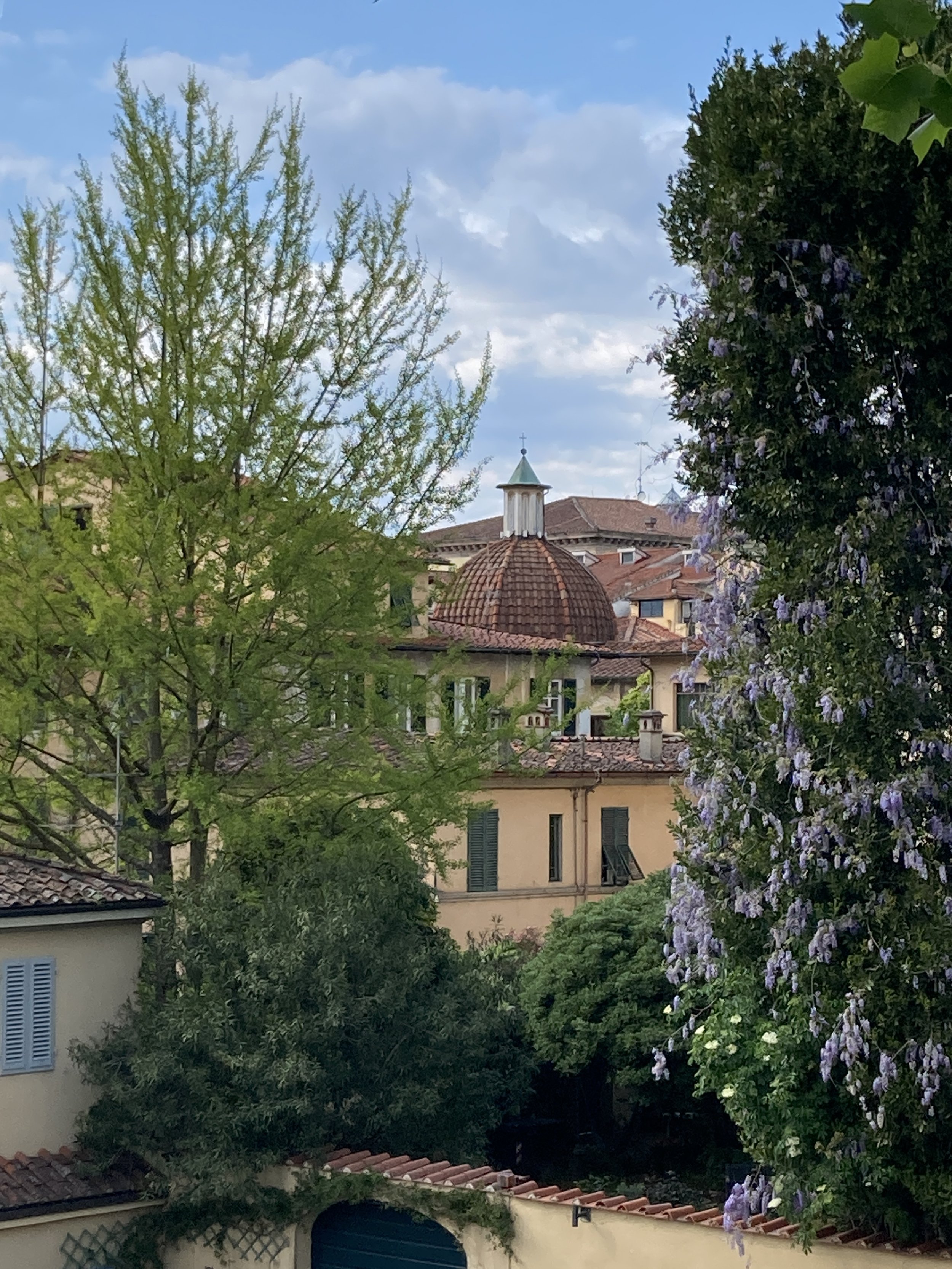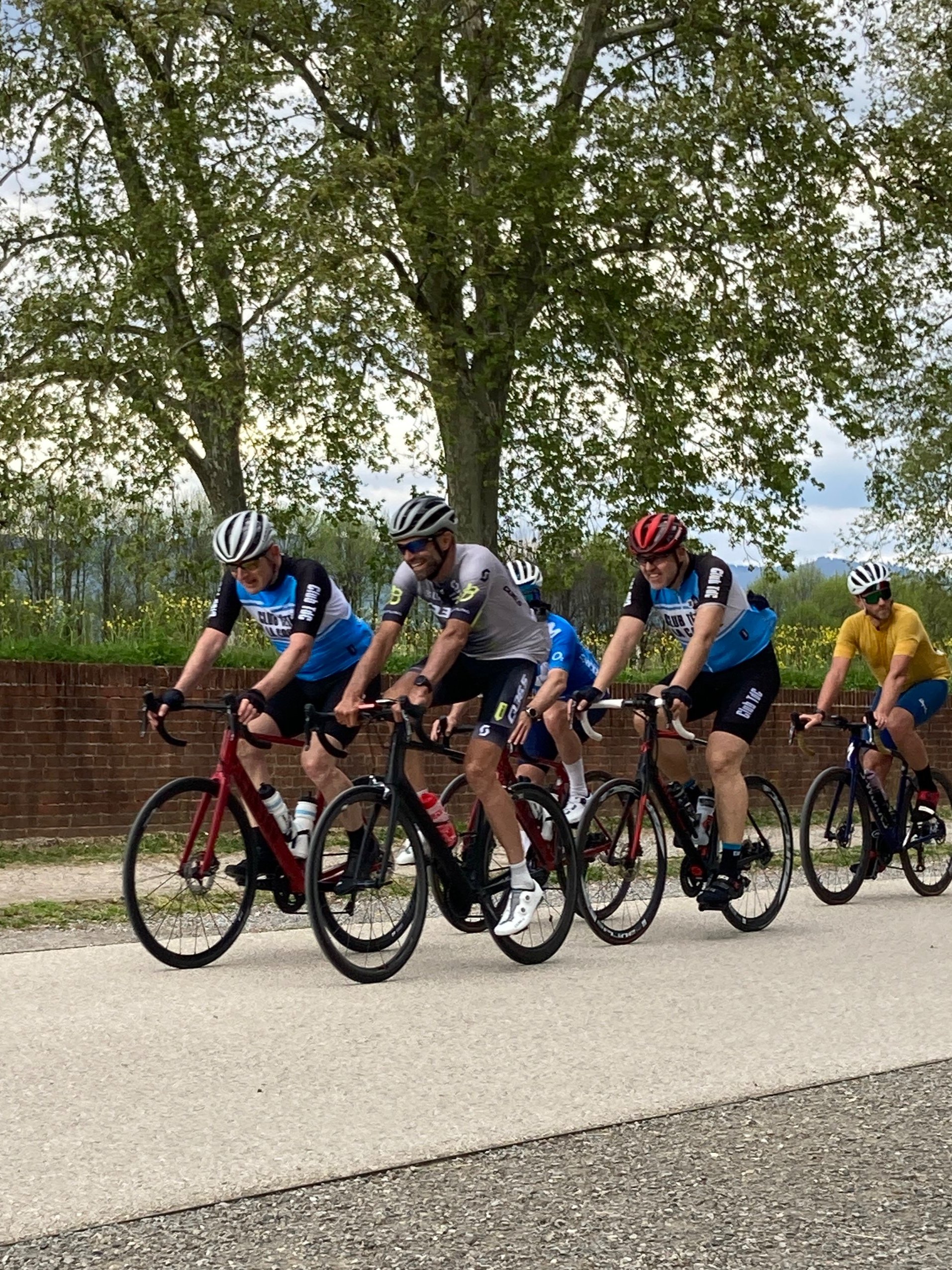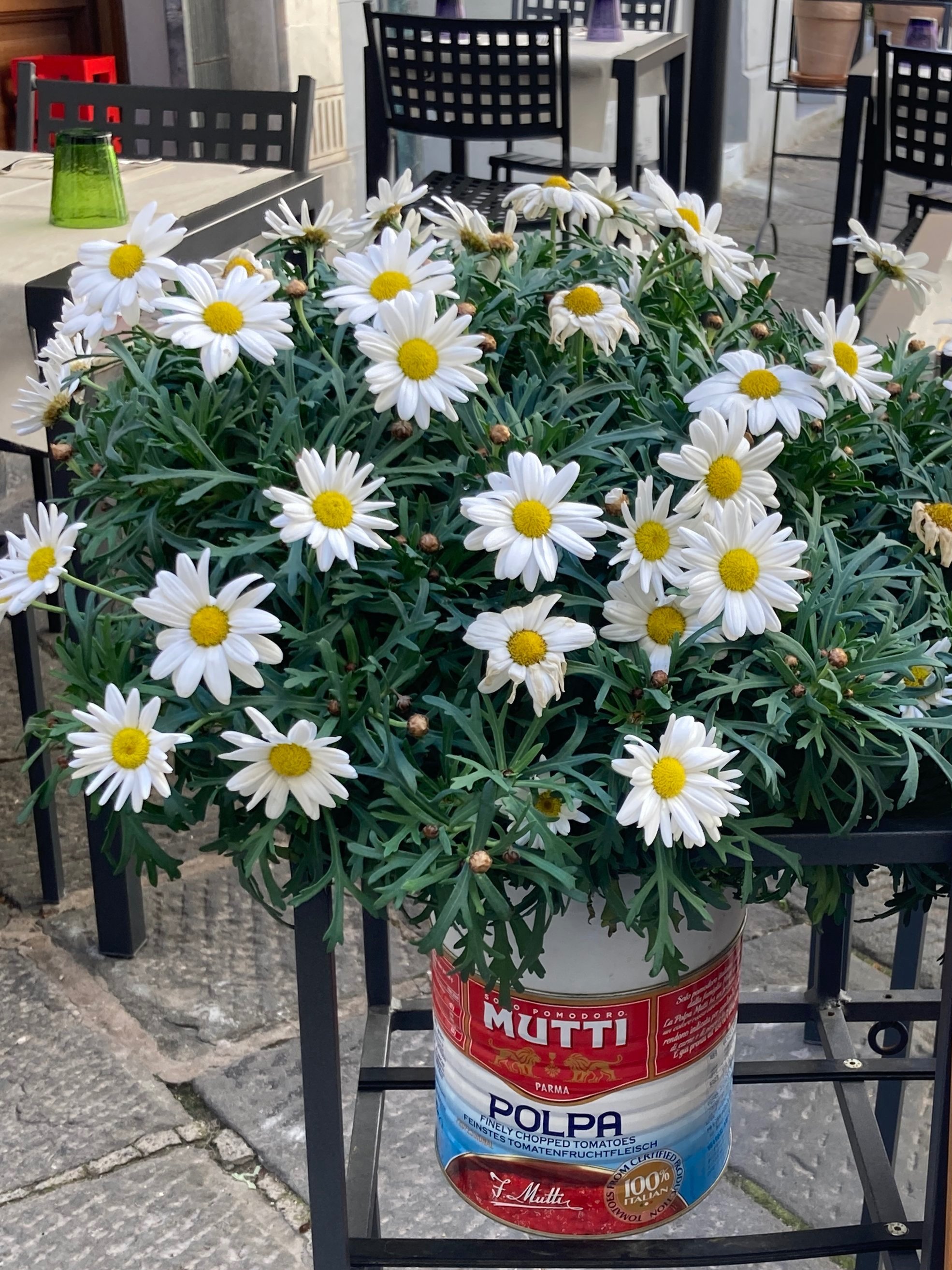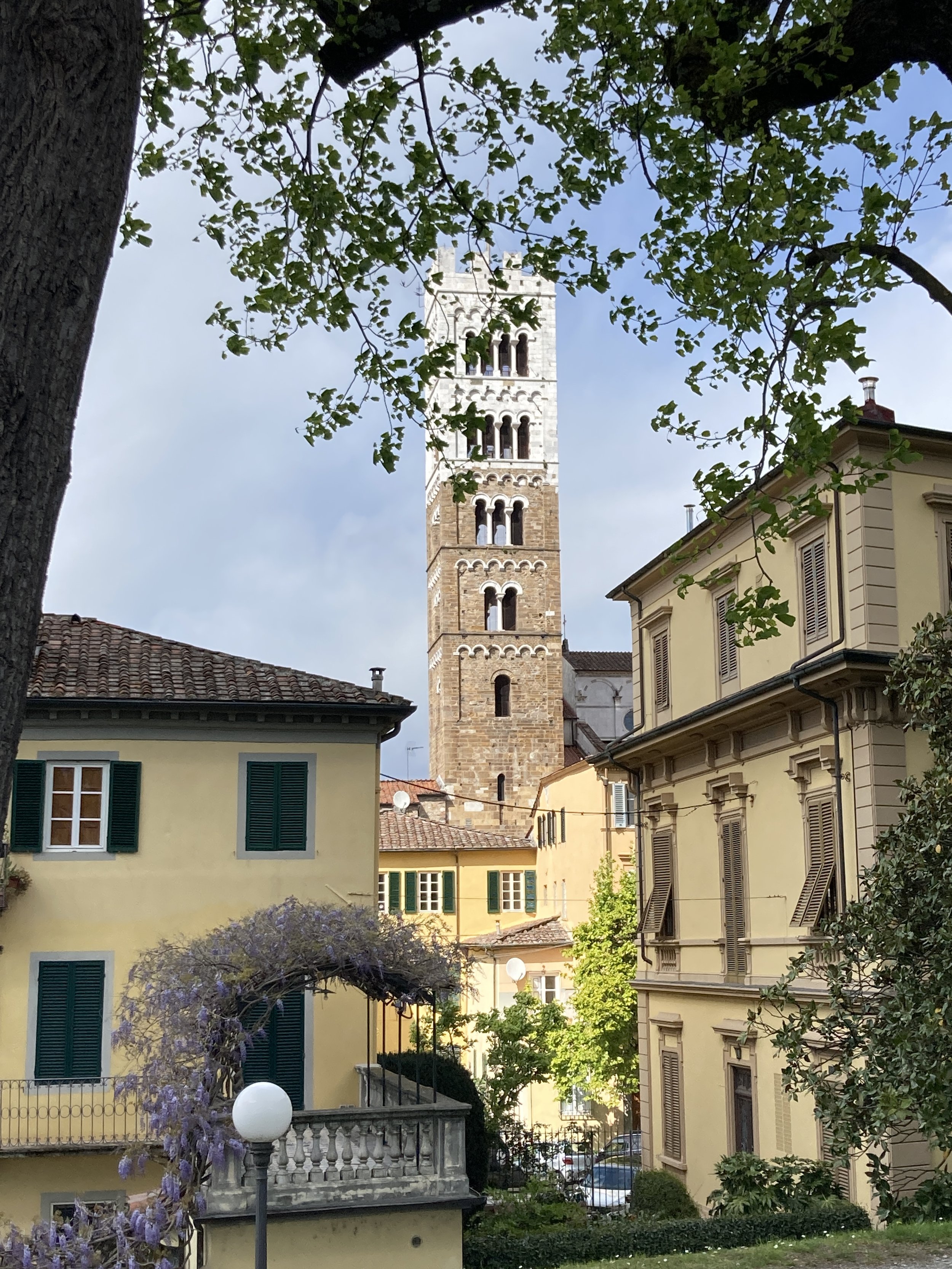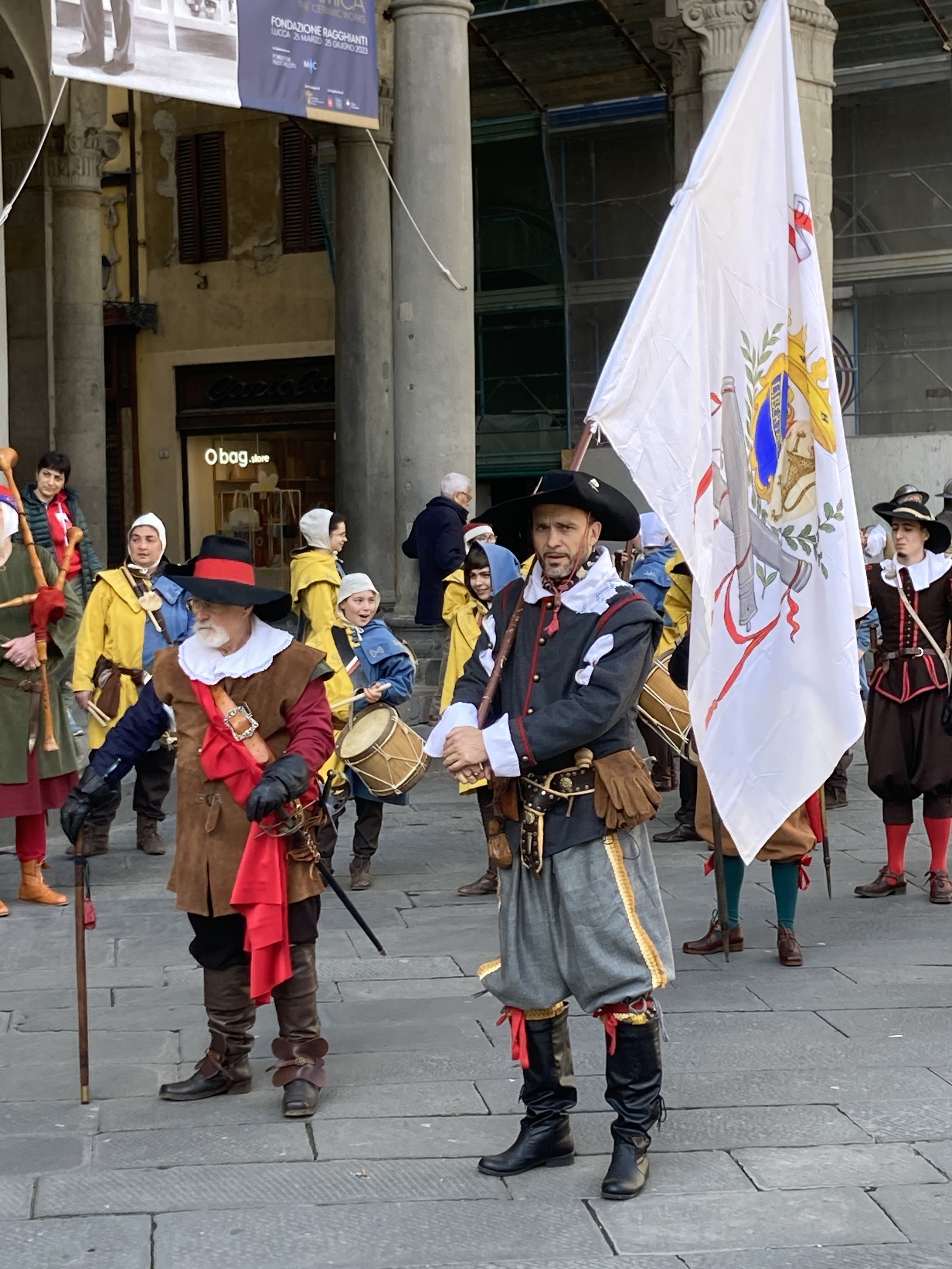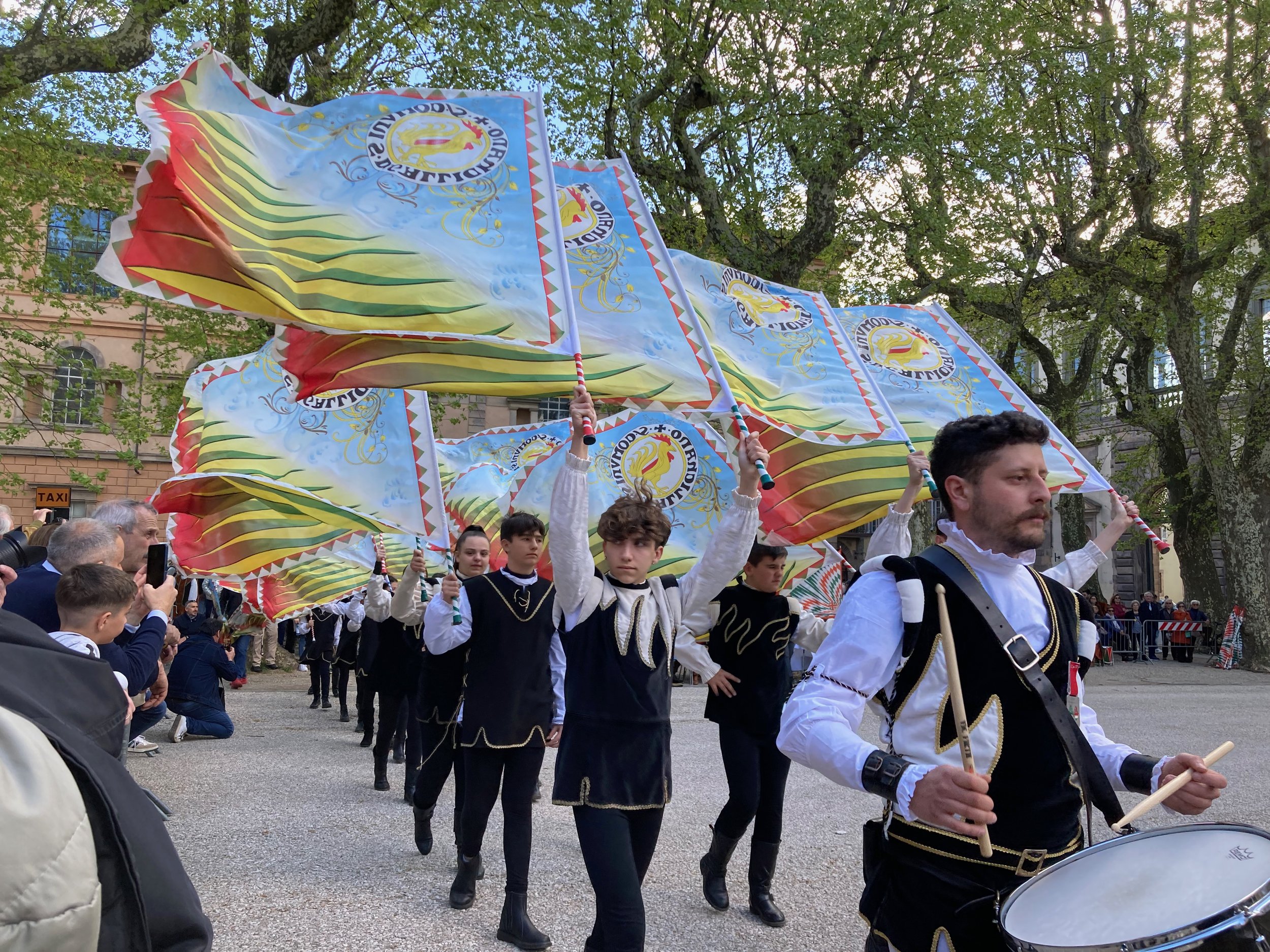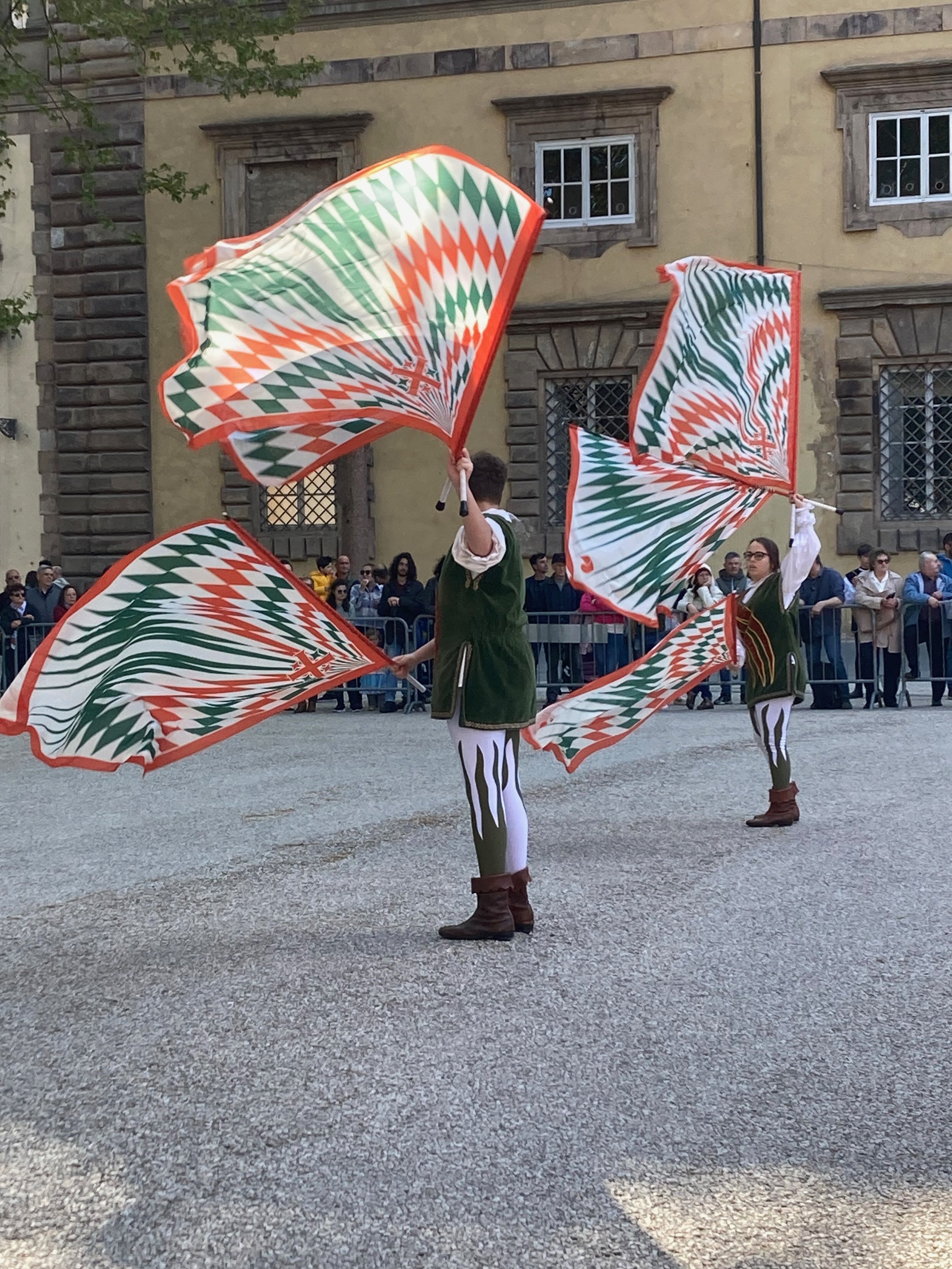Easter in Lucca, 2024
Celebrating the Easter (Pasqua in Italian) holidays in Lucca always feels special to me. Easter marks the beginning of spring and Lucca in spring is filled with mild weather and fun events. There is always a lot to look forward to and Easter is the kick-off to some of the best months to be in Italy.
Not only that, but Easter here, along with Pasquetta the day after Easter and also a holiday, is so filled with tradition and, well, just Italian-ness, that it always gives me a renewed sense of appreciation that I get to live here.
Plus, the holiday a great excuse to get together with friends for Easter weekend dinners, Easter morning brunch, and a long, slow dinner on Easter Sunday evening. Easter is meant to be spent with friends! And coming after Lent, it’s meant to involve good food and drink. Which is one reason why there is so much chocolate in shop windows here.
This street-side shrine is one of the first stops on the Via Crucis.
Easter in Italy is marked by ancient religious traditions. And whether one is religious or not, the Easter rituals carry historic significance and always leave me a bit in awe. Each year, on Good Friday (Venerdì Santo in Italian), many cities have processions which recreate the Via Crucis, Stations of the Cross.
In Lucca this solemn procession is enacted by members of the Confraternity of the Misericordia, a volunteer civic organization. Dressed in hooded black robes, with many participants barefoot, they walk through the historic center carrying a heavy crucifix. The procession stops at small shrines and churches for prayers and chanting. The procession is followed by a group of local worshippers. As they move through Lucca’s medieval streets, it is easy to imagine similar processions taking place hundreds of years ago. Time seems to stop and only the cameras and cell phones snapping pictures give a sense of modernity. (Video on the Two Parts Italy Facebook page)
Not all Easter traditions are religious or ancient. Part of the holiday for me involves baking Easter bread. This is a simple sweet bread decorated with eggs, a recipe I learned from an Italian friend of my parents many years ago. It’s perfect for a simple breakfast or as an Easter gift.
I am a bit oven-challenged here, as my apartment only has a small countertop electric oven, but I managed to turn out two small loaves this year.
Another important tradition for me is hosting an Easter meal - and brunch is my favorite meal to prepare and share with friends. The menu for this year’s brunch was anything but traditional. After recently discovering Beehive Bagels in Rome, and learning that they would overnight fresh New York style bagels to me in Lucca, my menu choice was set. Bagels with cream cheese and smoked salmon with all the needed trimmings – red onion, capers, thinly sliced cucumbers, and some fresh chives which I happen to have growing on my windowsill, and deviled eggs. Add to that the fruit, Prosecco, and Blood Orange juice brought by my guests and we had all the ingredients for a nice Easter morning meal. And since it is fun to try something new for Easter, this year I made a ricotta almond torte flavored with Limoncello – a little something Italian to add to my very American style Easter brunch.
Today, the day after Easter, is still a holiday here in Italy. Pasquetta is a day for relaxed fun. For me that will mean coffee with a friend, a walk on the walls (probably with an umbrella), and watching spring start to bloom around Lucca.
I hope your Easter holiday was filled with friends, laughter, good food, and anticipation of spring.
Buona Pasquetta!
